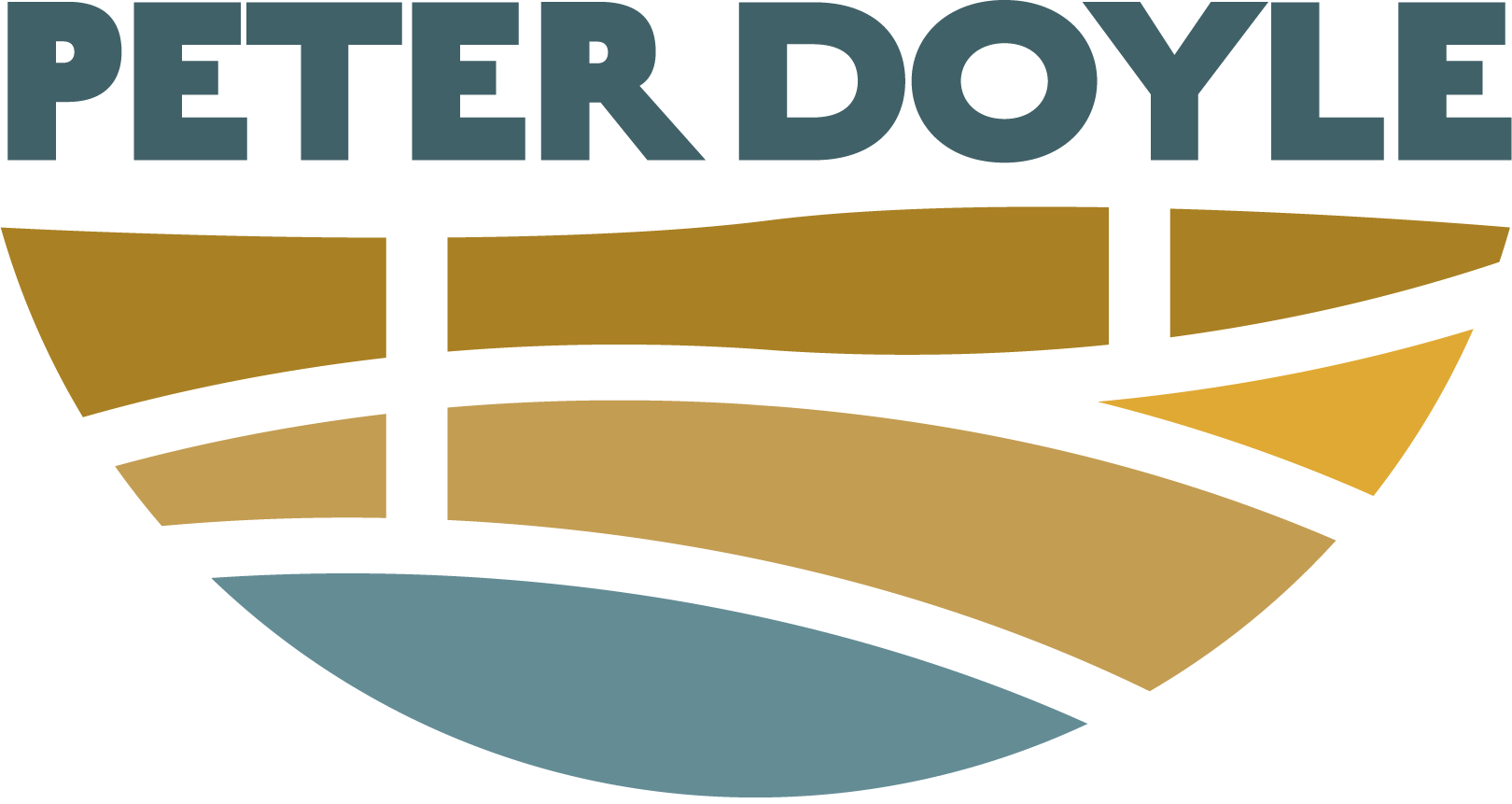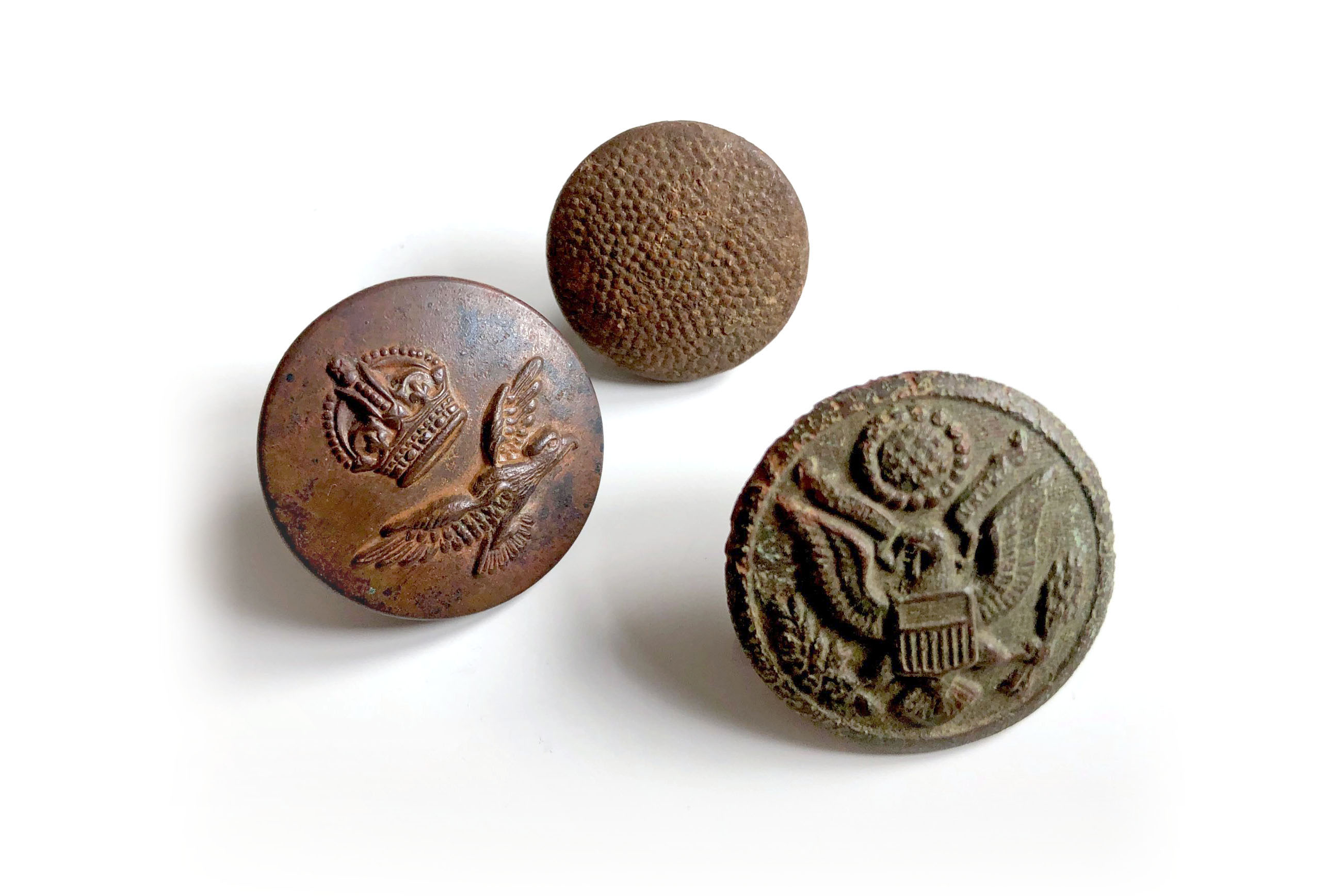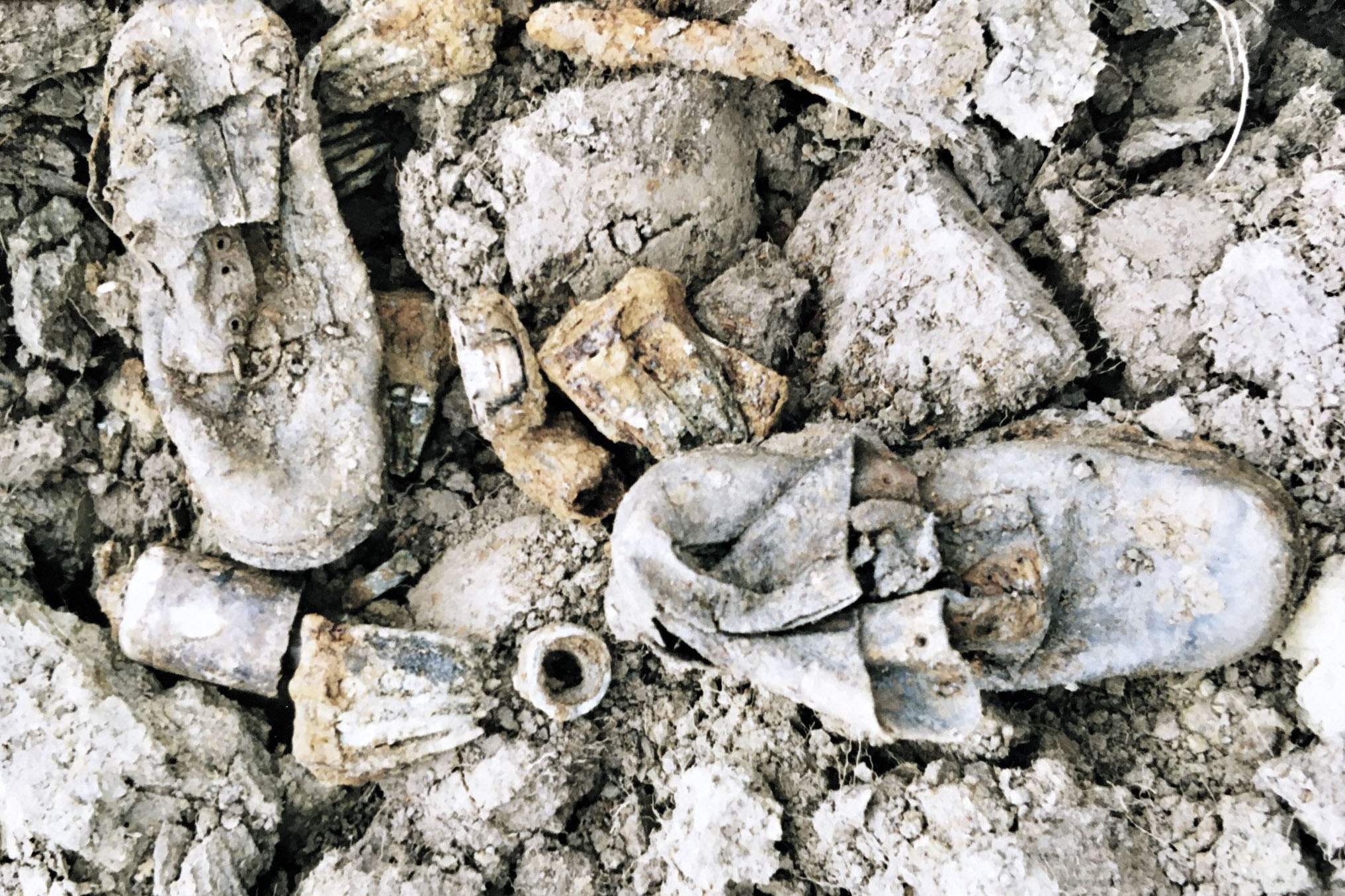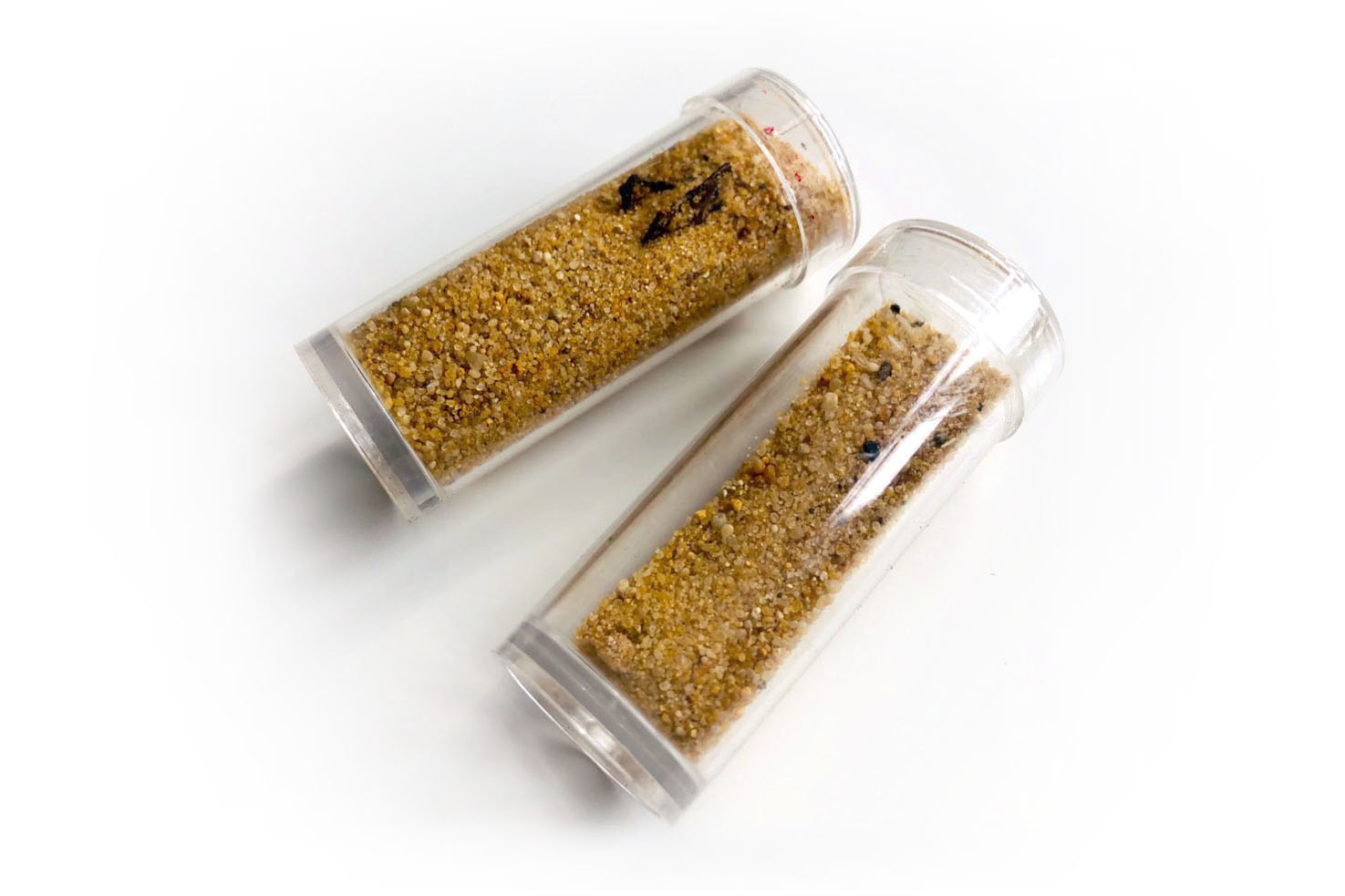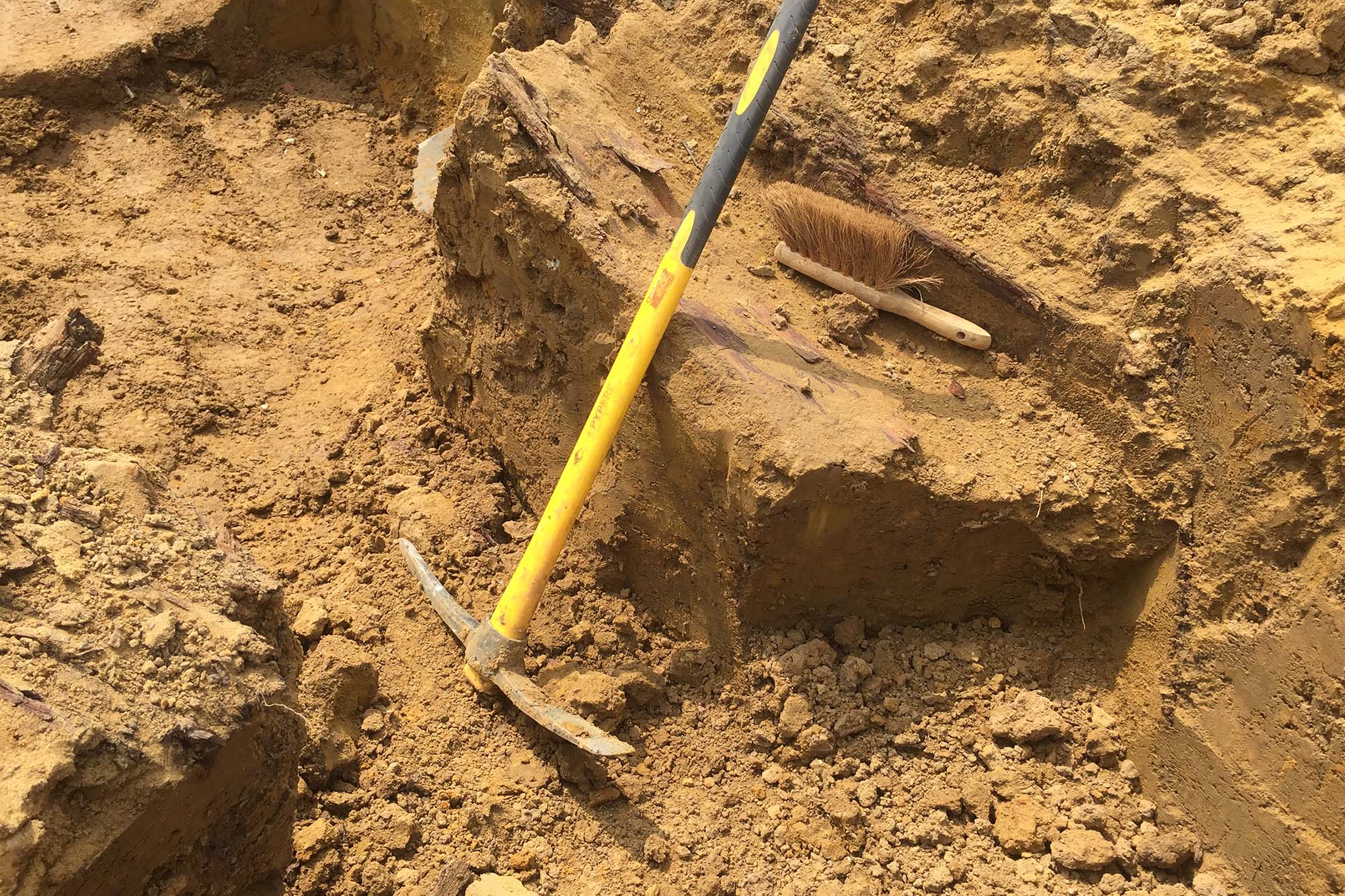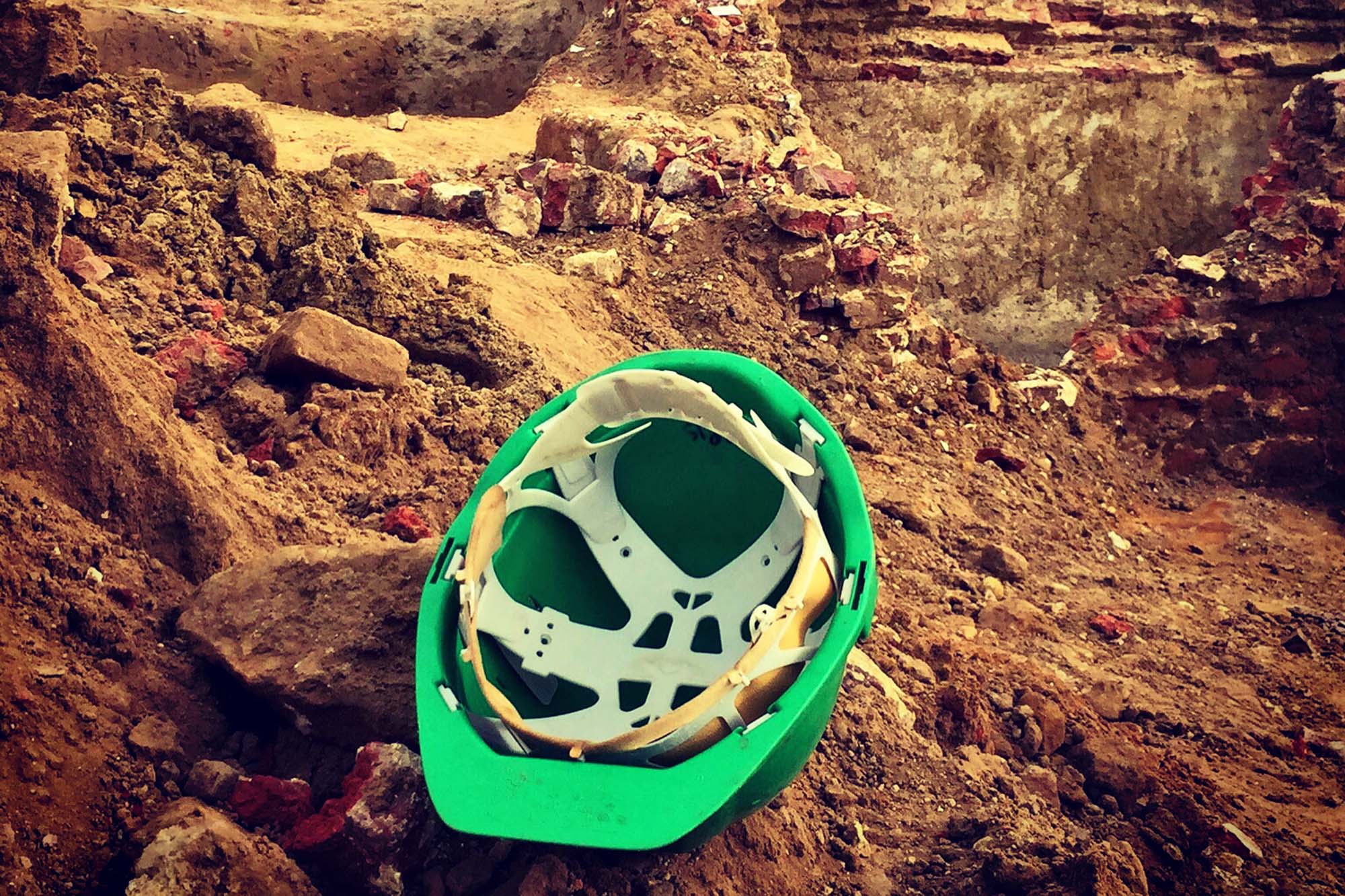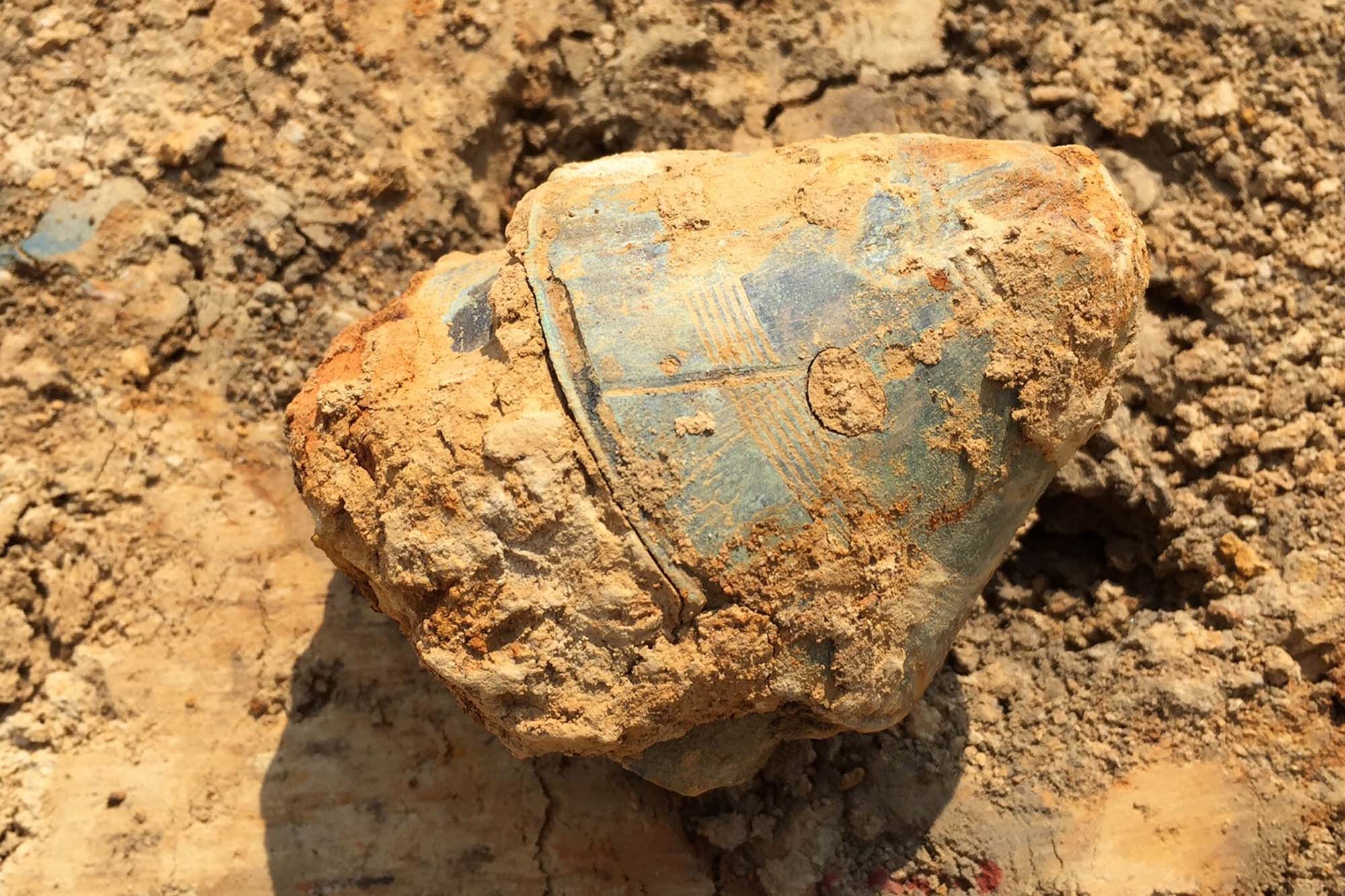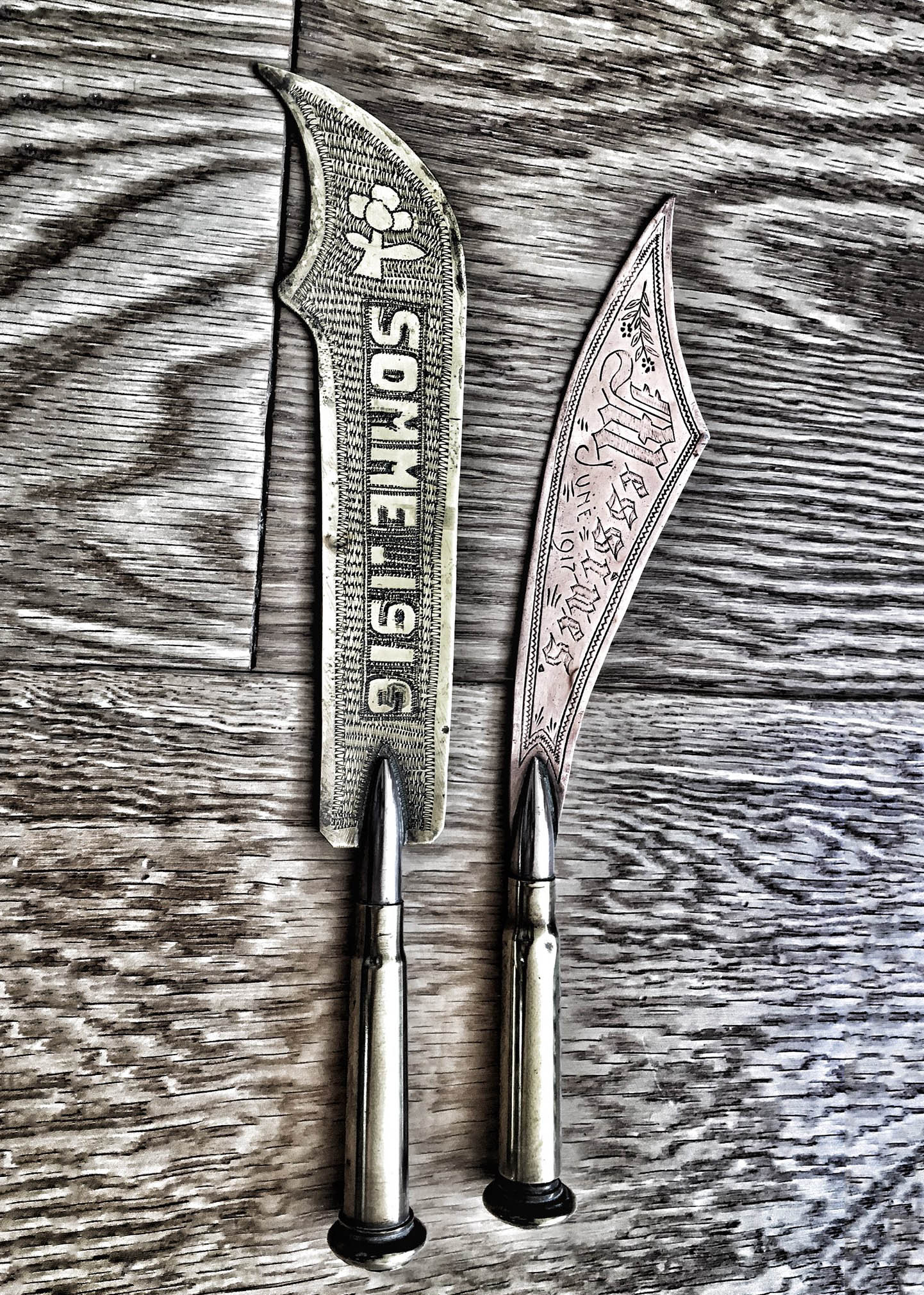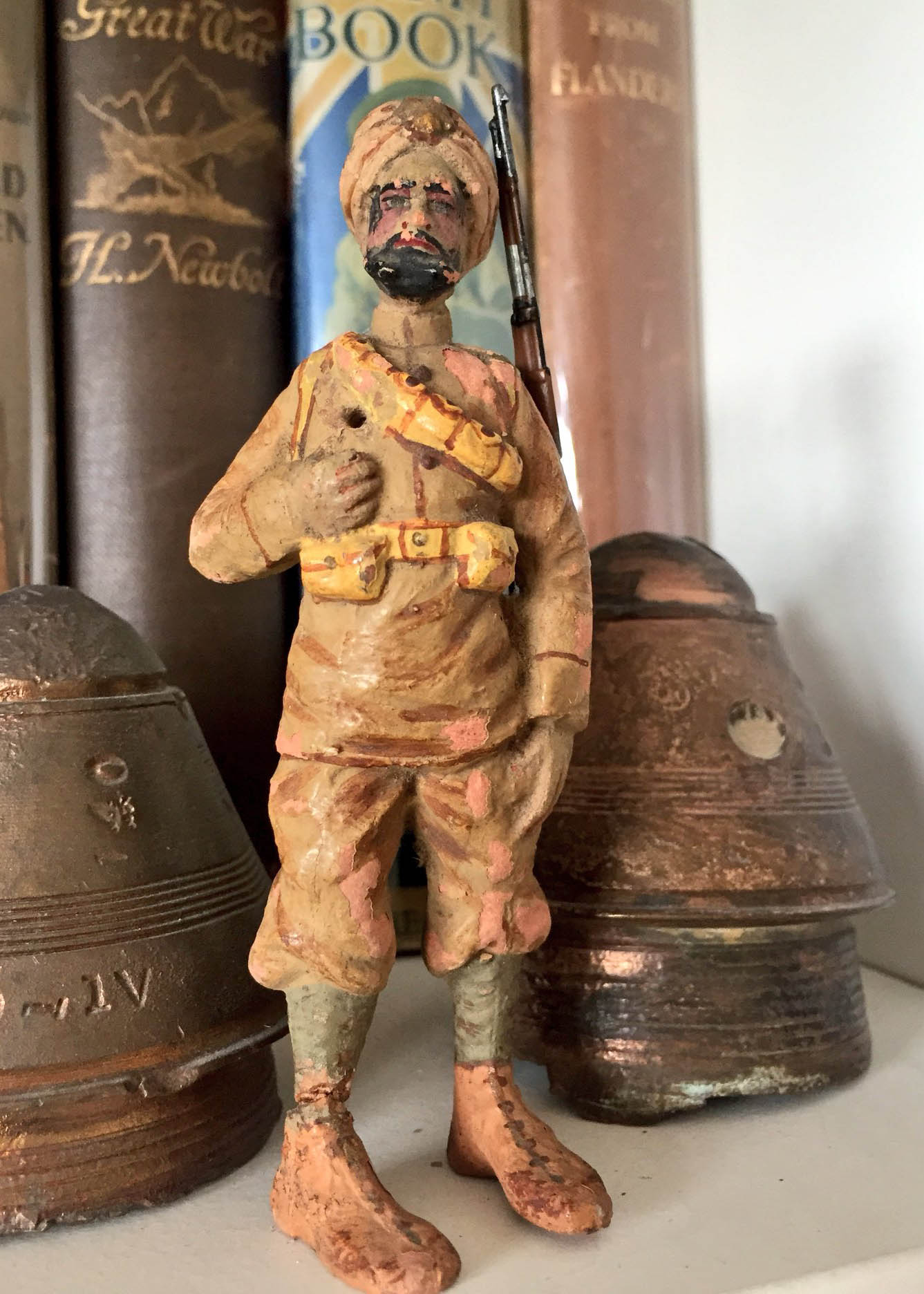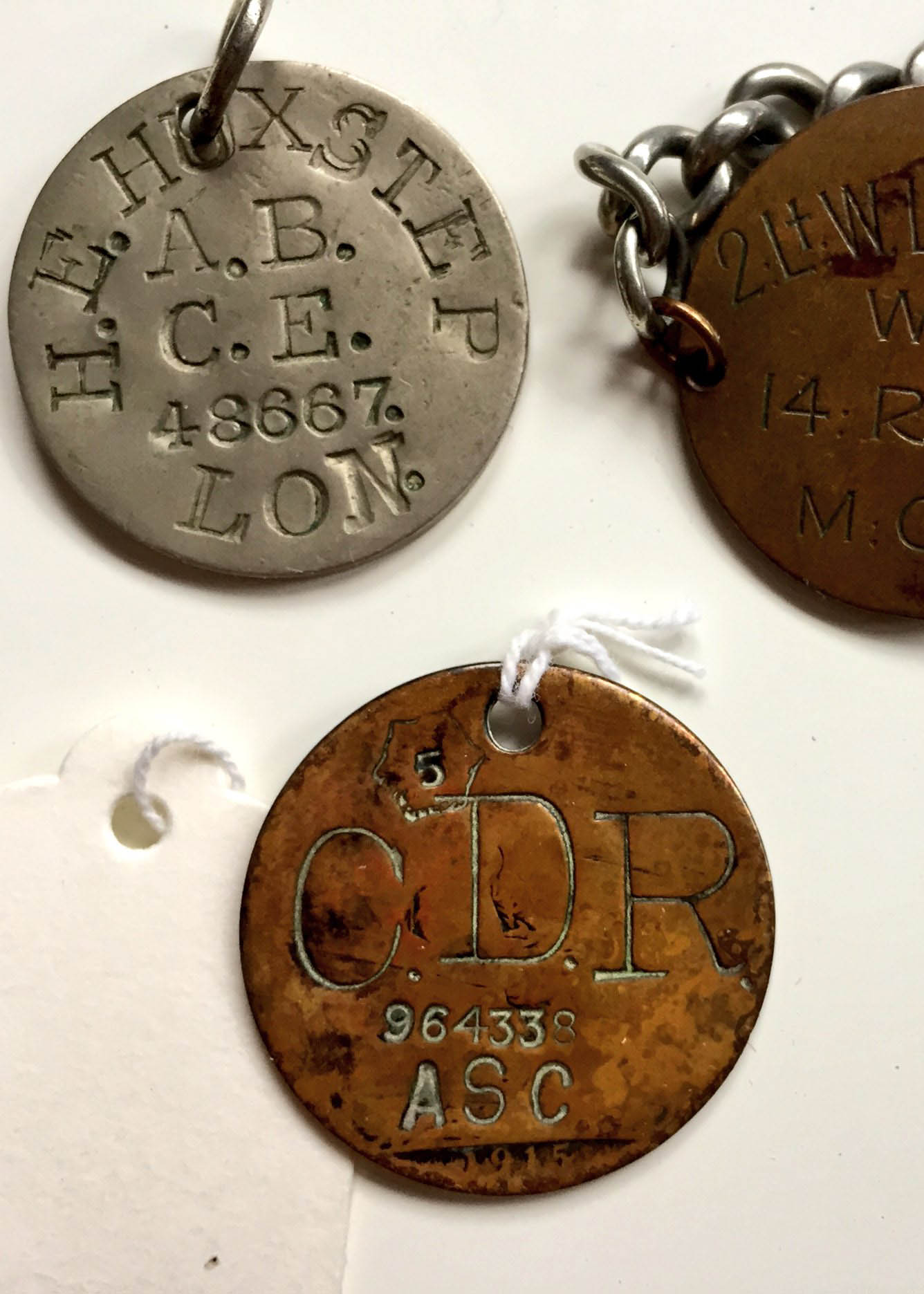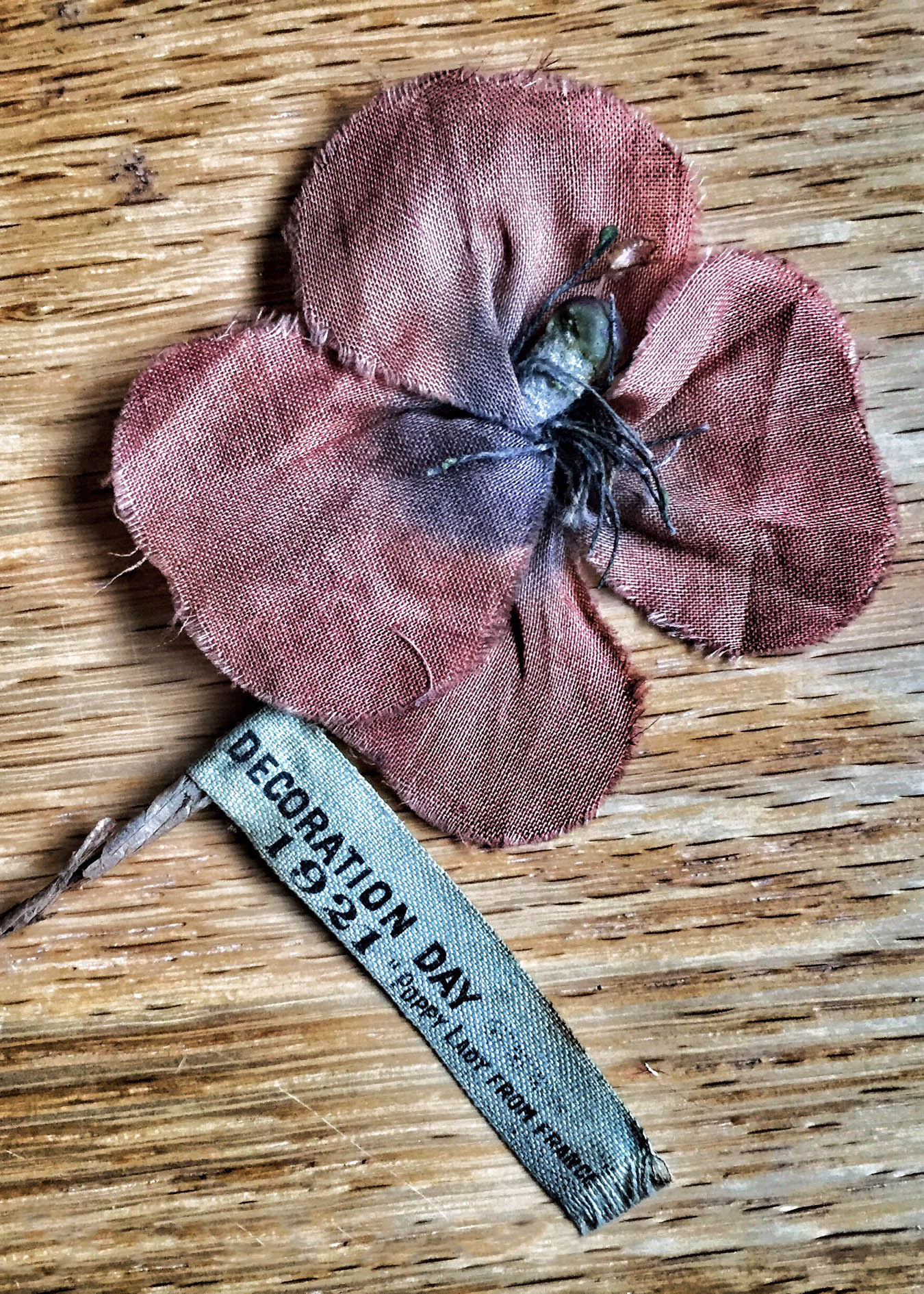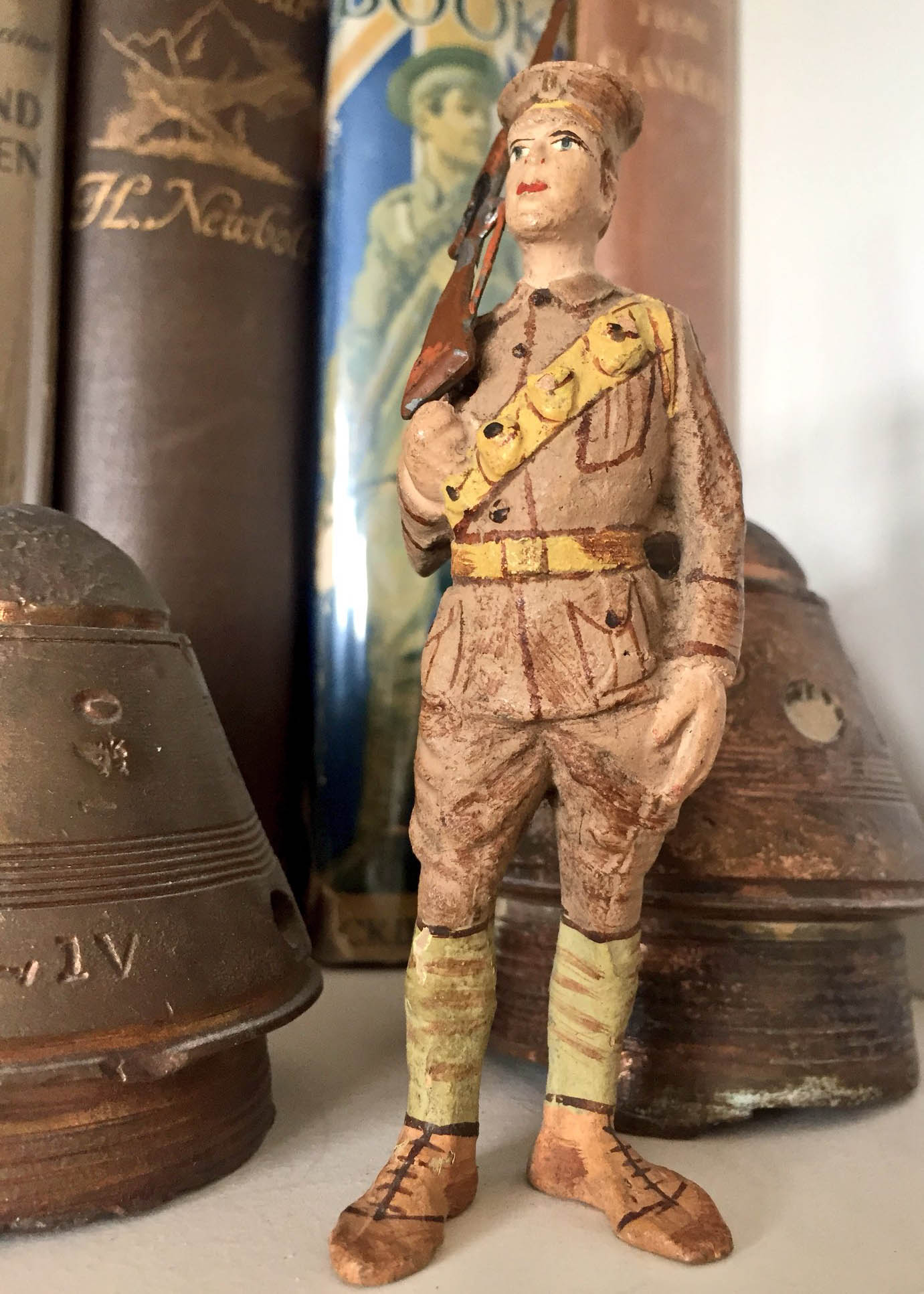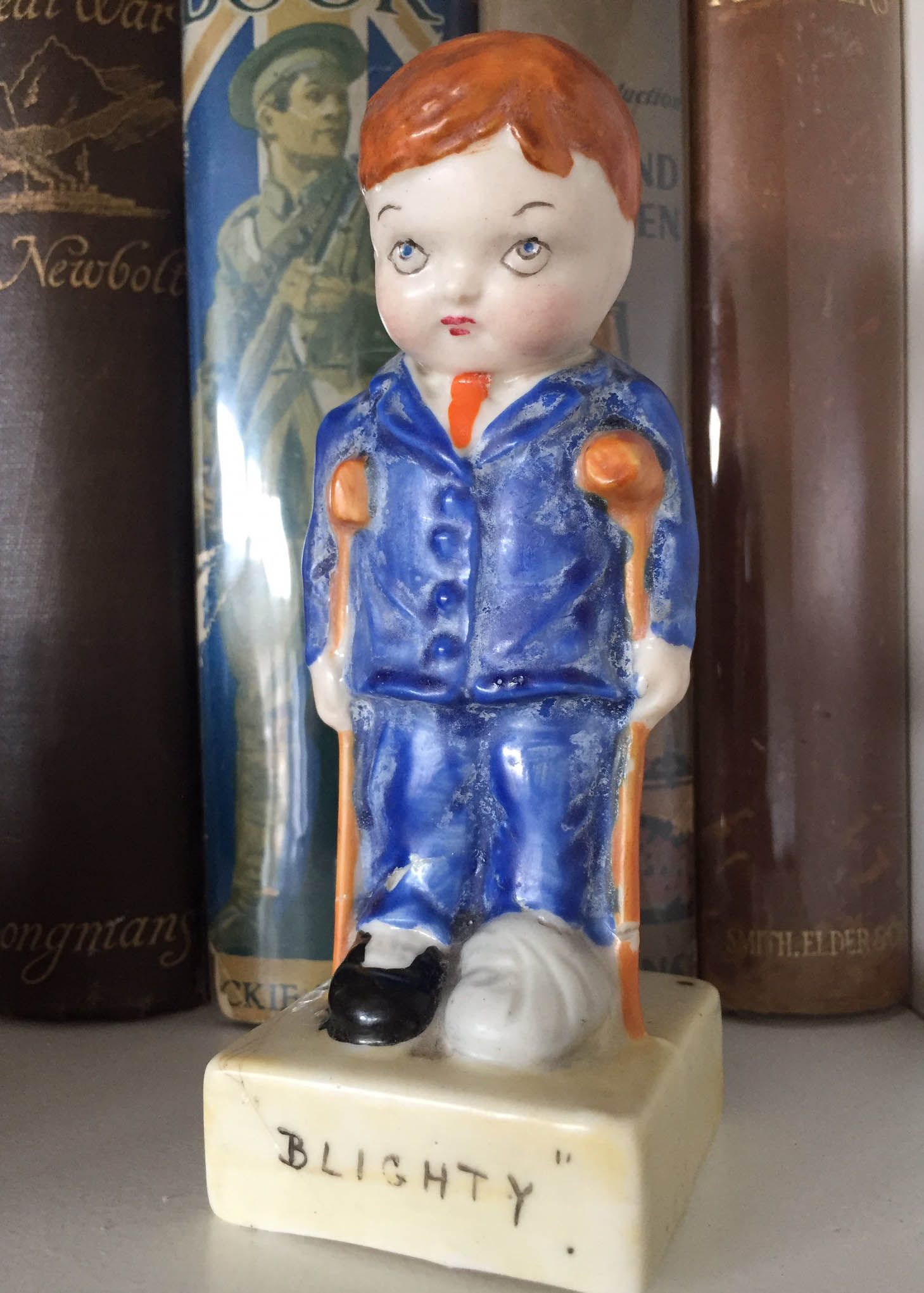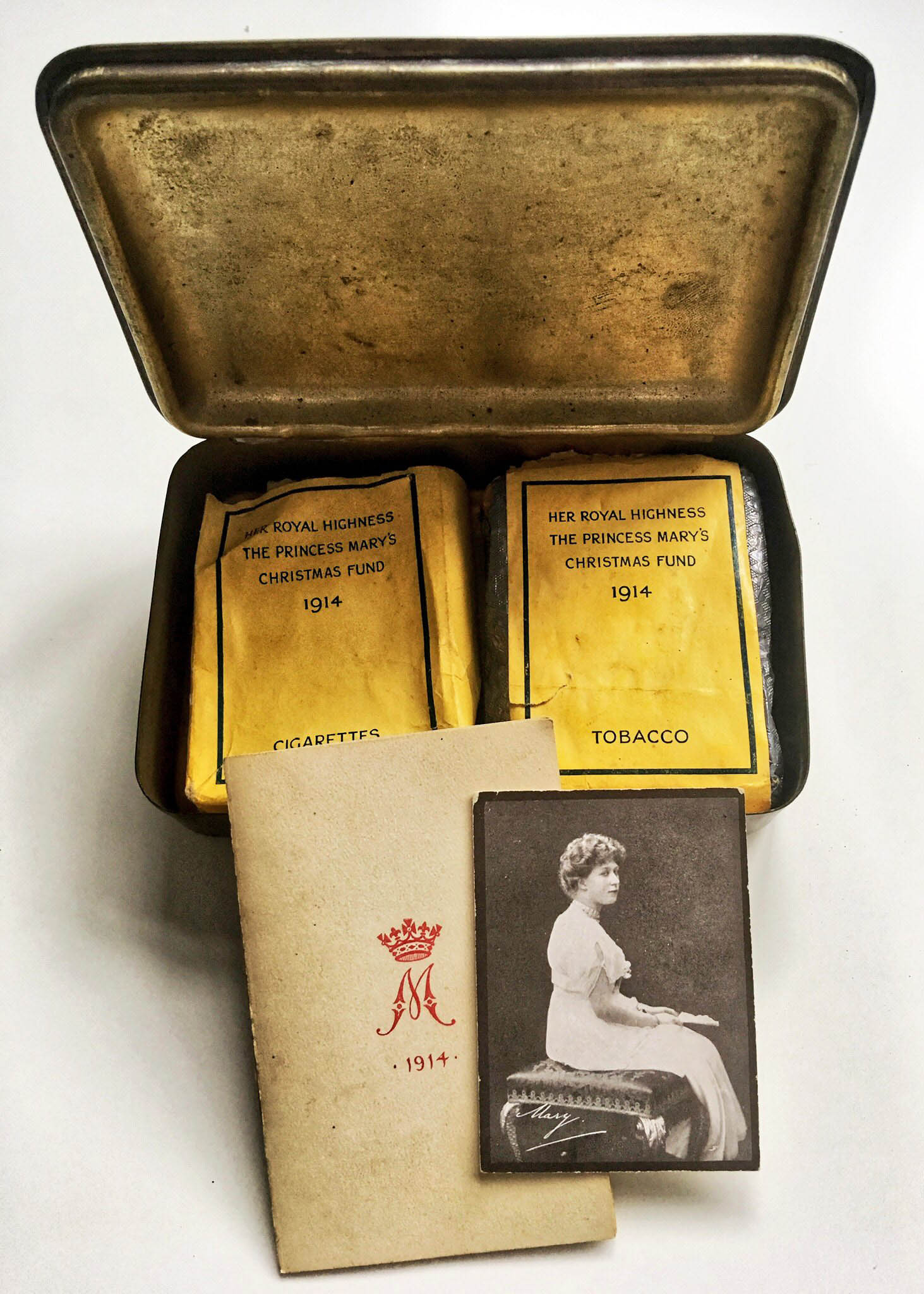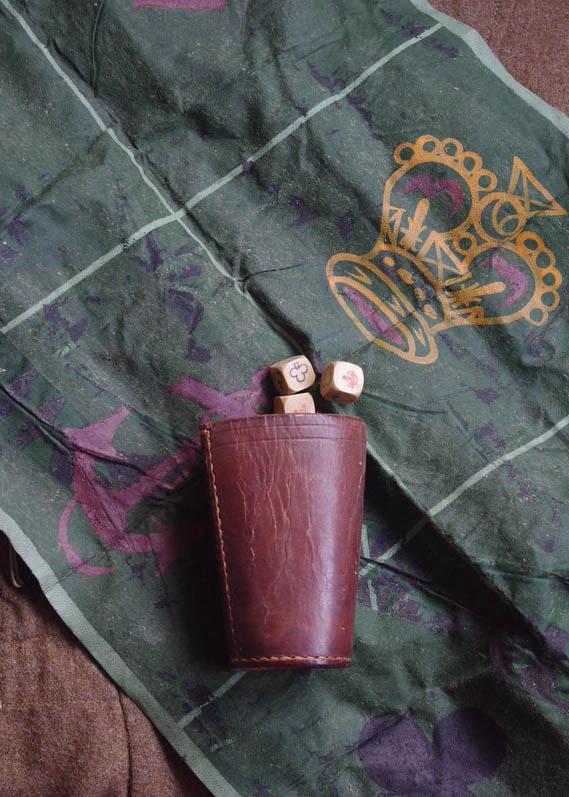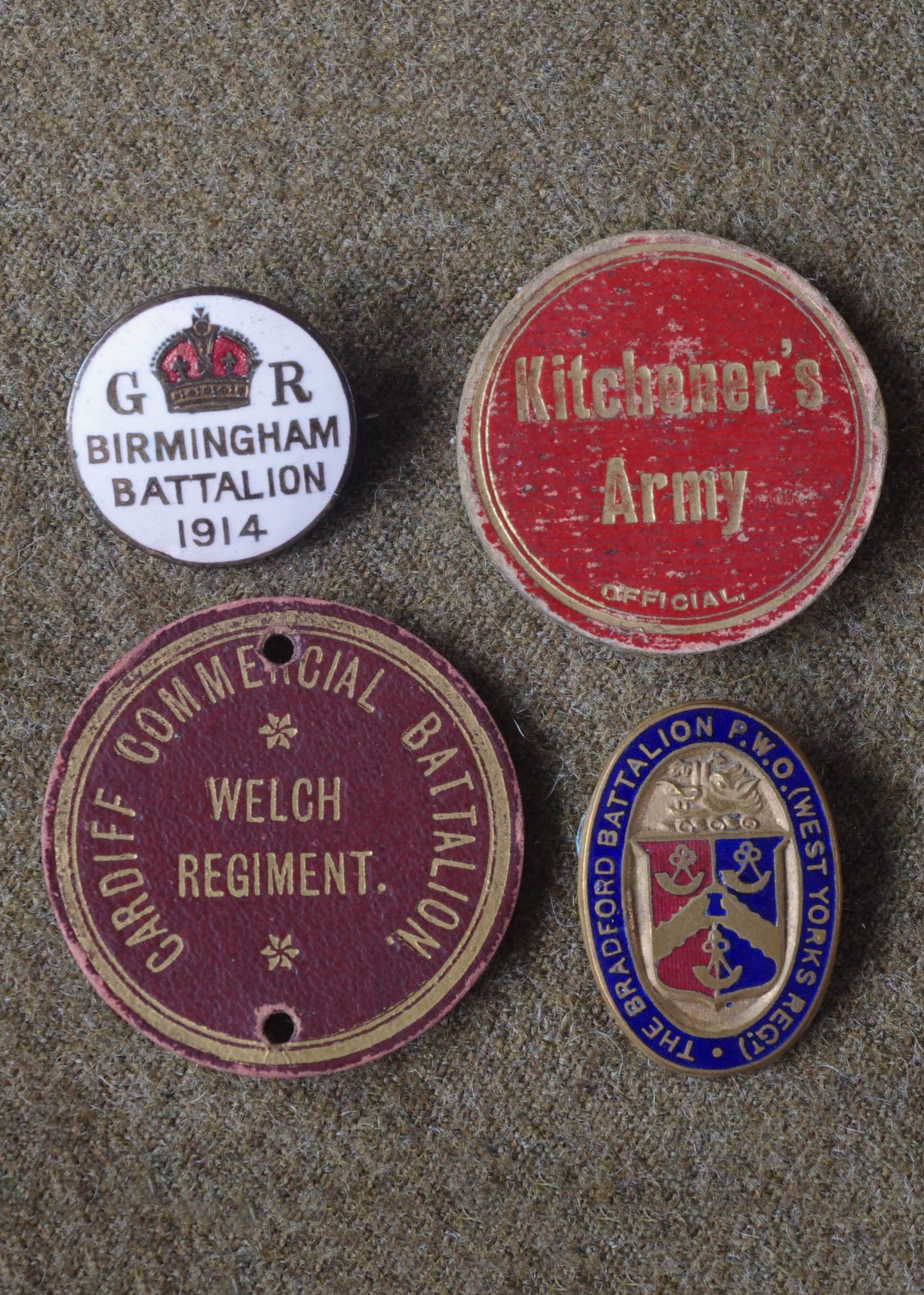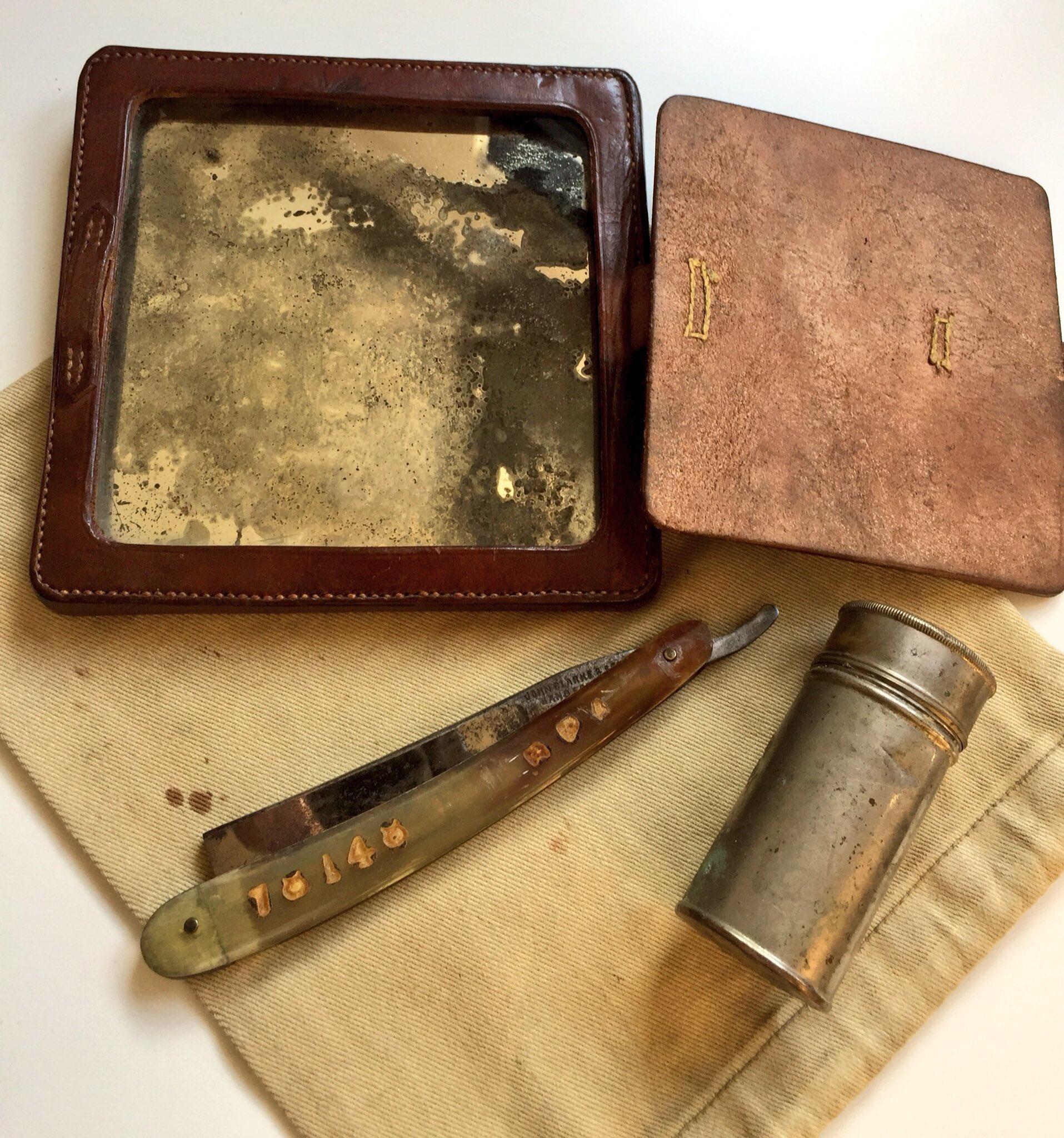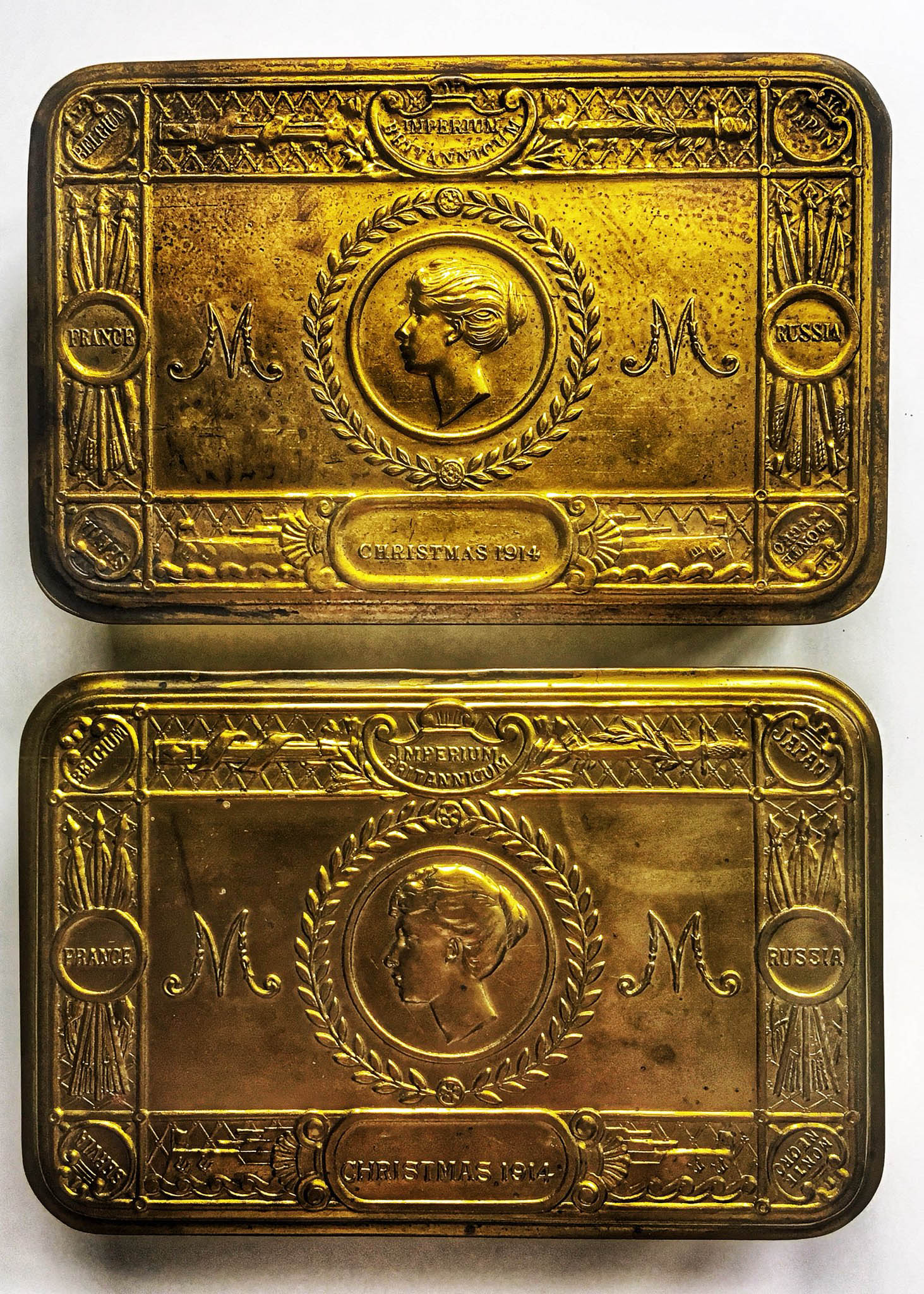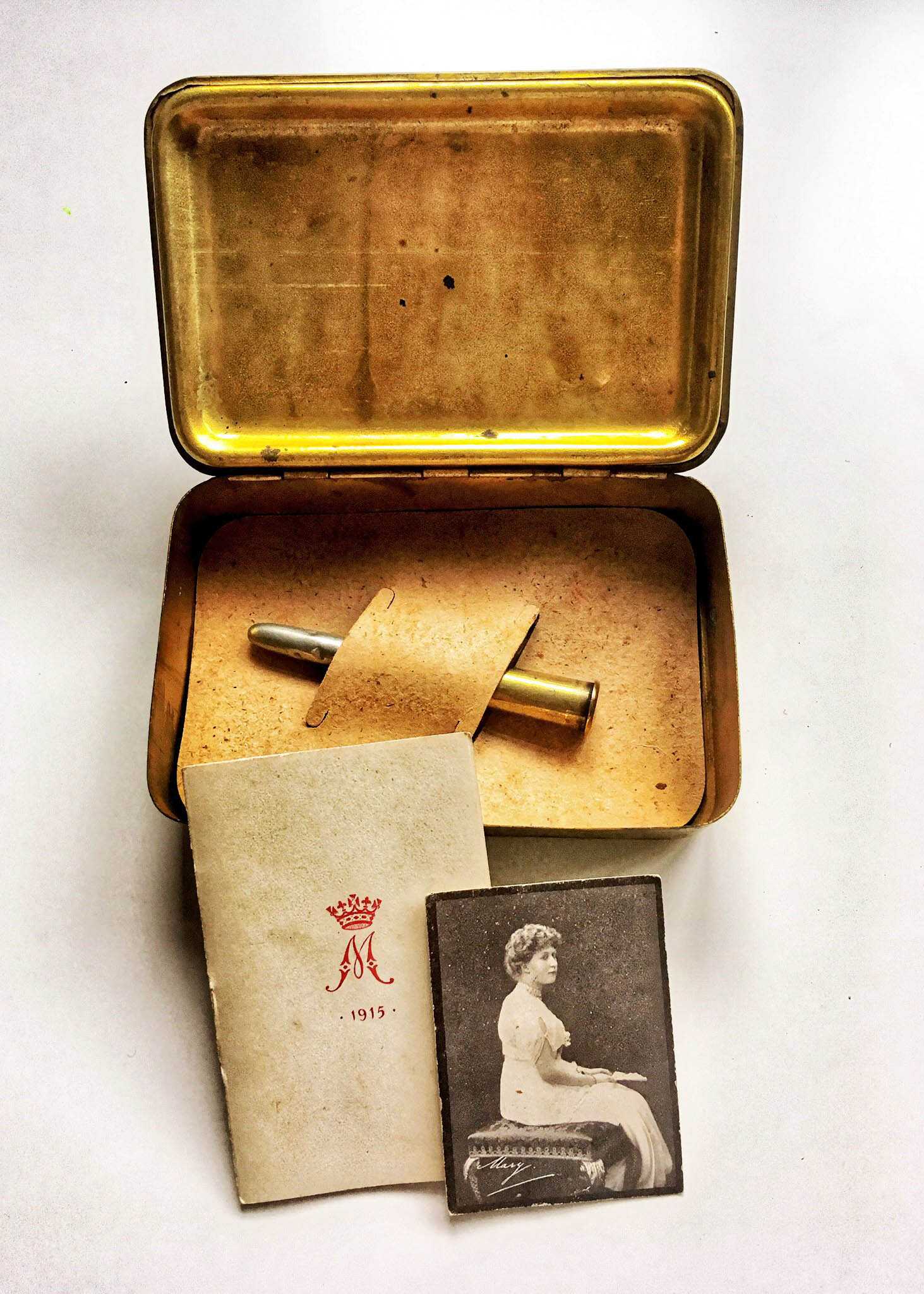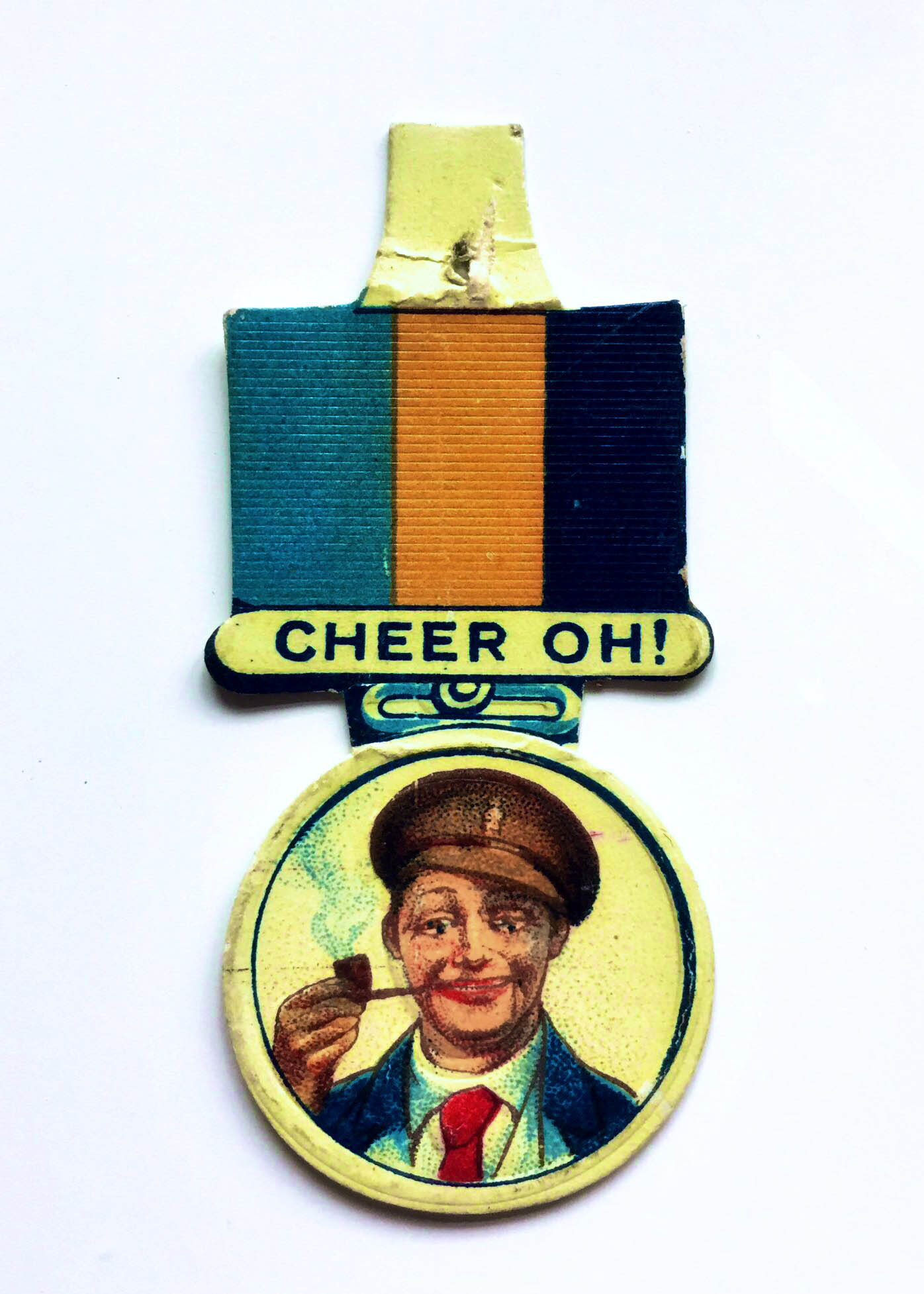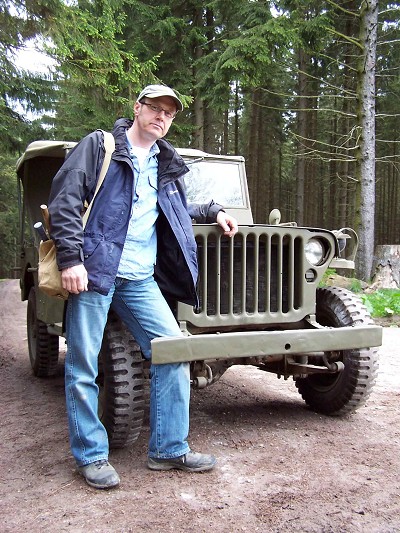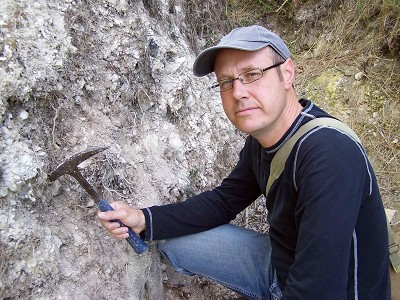
Introduction
Peter Doyle specialises in the understanding of military terrain, with special reference to the two world wars. He is also an author who focusses on the British experience of war, and the material culture of war. A member of the British Commission of Military History, and secretary of the Parliamentary All Party War Heritage Group, he is a Fellow of the Royal Historical Society.
Author of many works of military history and the material culture of warfare, he is a regular speaker at conferences and in invited lectures, he has given numerous specialist battlefield talks and battlefield tours, and has worked as a consultant on archaeological digs both at home and abroad.
He is emeritus professor of history at London South Bank University, and lectures on First World War trench warfare at Goldsmiths, University of London.
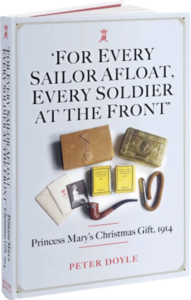
Princess Mary's Christmas Gift 1914
Illustrated in full colour and using original artefacts, archive records, letters and newspaper reports, ‘For every sailor afloat, every soldier at the front’ gives you the facts and tells you the full story of Princess Mary’s Christmas Box, 1914 for the very first time.
Battlefield Geology & Archaeology
Geology & Warfare
Geology has controlled the outcome of battle since warfare began. Understanding the nature of ground, the opportunity for active defence and tunnelling, the ability to move freely across tracts of terrain, and the provision of natural resources are some of the problems that have faced armies for centuries.
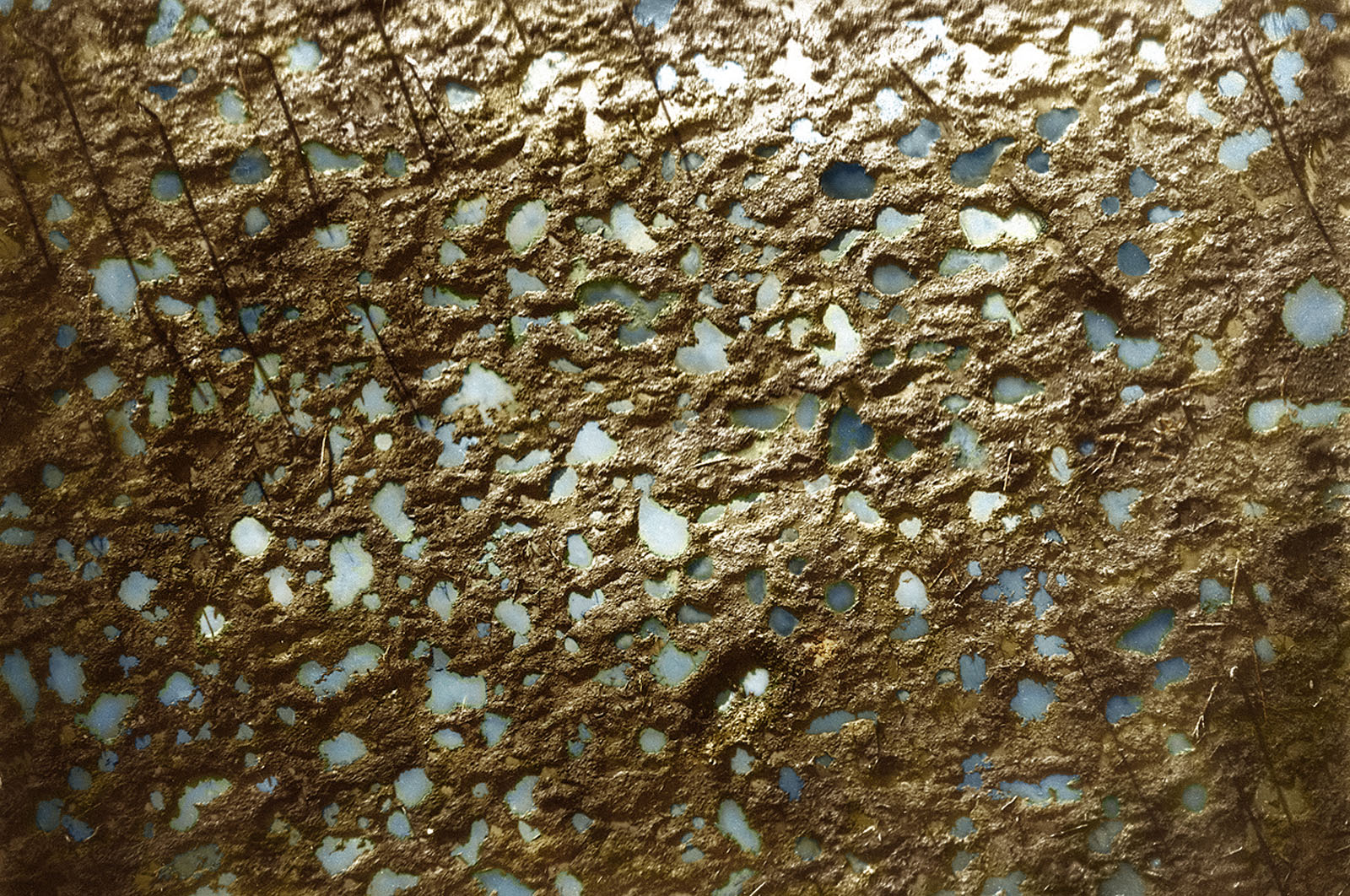
Peter specialises in the interpretation of historic terrain, a noted expert in the field having studied battles in Europe including Gallipoli, the Western Front, Normandy, Arnhem, and the Battle of the Bulge. He has also studied battlefields in the USA, including the Revolutionary War, Apache Wars, and the American Civil War.
His conference, Terrain in Military History, held at the University of Greenwich in 2000, formed part of the development of International Conferences in Military Geosciences.
Peter has presented various papers on the subject, a list and examples are available here.
Battlefield Archaeology
Battlefield archaeology is a new and exciting application that seeks to interpret battlefields from their archaeological remains. In its widest sense, conflict archaeology takes in trenches and defences, tunnels and dugouts, scenes of conflict and skirmish, troop deployments and camps, as well as wider applications, such as POW camps.
Peter has been actively engaged in conflict archaeology since the subject became accepted, working on projects as diverse as the Great War trenches threatened by the A19 motorway on the outskirts of Ieper in Belgium, to leading the excavation at the site of the ‘Great Escape’ at Zagan in Poland, an excavation that led to the discovery of the last tunnel to be discovered ‘Dick’.
In 2013, Peter Doyle was invited to examine the excavations at Messines, Belgium – the largest archaeological investigation on the Western Front, which featured in the Channel 5 documentary: ‘Tunnels of Death’.
He has worked on a variety of other projects and with Simon Verdegem and Robin Schäfer founded the Höhe 80 – Project Whitesheet dig in Belgium in 2018.
The Great War
The Great War has left an indelible mark in the consciousness of all nations involved. The scars of conflict are common in France, Belgium, Italy and farther afield in Gallipoli and the Middle East. Peter Doyle has made study of the Great War one of his specialist areas, and is well known for his work on trench warfare, the underground war, and the life of the average soldier, and is a noted author in these fields.
Writing
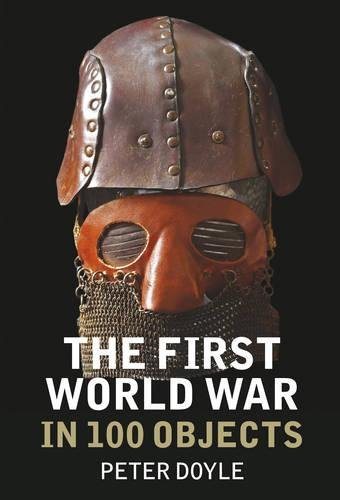 Notable books include: ‘Beneath Flanders’ Fields: The Tunneller’s War’ (with Peter Barton and Johan Vandewalle, for Spellmount); ‘Grasping Gallipoli, Terrain Maps and Failure at the Dardanelles, 1915’ (with Peter Chasseaud, for Spellmount); ‘Tommy’s War, British Military Memorabilia, 1914–1918’ (for Crowood); ‘The British Soldier of the First World War’, ‘British Postcards of the First World War’, ‘First World War Britain’, ‘British Army Cap Badges of the First World War’ and ‘What Tommy Took to War’ (all for Shire); ‘Battle Story: Gallipoli, 1915’, ‘Battle Story: Loos 1915’ and ‘Trench Talk’ (all for the History Press).
Notable books include: ‘Beneath Flanders’ Fields: The Tunneller’s War’ (with Peter Barton and Johan Vandewalle, for Spellmount); ‘Grasping Gallipoli, Terrain Maps and Failure at the Dardanelles, 1915’ (with Peter Chasseaud, for Spellmount); ‘Tommy’s War, British Military Memorabilia, 1914–1918’ (for Crowood); ‘The British Soldier of the First World War’, ‘British Postcards of the First World War’, ‘First World War Britain’, ‘British Army Cap Badges of the First World War’ and ‘What Tommy Took to War’ (all for Shire); ‘Battle Story: Gallipoli, 1915’, ‘Battle Story: Loos 1915’ and ‘Trench Talk’ (all for the History Press).
Notable additions include ‘Remembering Tommy: The British Soldier of the First World War’ for The History Press – a detailed and beautifully illustrated account of the soldier (written with Chris Foster); and the Haynes Manual: ‘Great War Tommy’ – a guide to the training, equipping and life of the Great War Tommy’.
Recently Peter worked with illustrator and artist Tim Godden on the graphic novel ‘Percy A Story of 1918′ a book shortlisted for a SAHR prize in 2020. The book is based on a small bundle of letters found in a flea market, recounting the tale of Percy Edwards who was conscripted into the Royal Welsh Fusiliers in 1918. He was sent to the front, aged just 18. Percy’s letters were few and his words sparse and immature, but they are very powerful.
Peter Doyle’s ‘First World War in 100 Objects’ was the flagship book of the History Press Great War Centenary.
All books currently in print are listed below.
The Centenary
From 2014 to 2018 the centenary of the First World War was commemorated – known to many people as a reflection of its scale as the Great War. It has been thrown once again into the public eye. Interest in the war reached new levels, building on the already high levels of engagement from family historians who, with the aid of released soldiers’ records, pre-war census returns, the discovery of soldiers wills in the Department of Pensions and the availability of such records online. These records provide hitherto unprecedented opportunities to research the impact the war had on the everyday lives of the people of Britain, Europe and the World.
The emphasis of most of Peter’s books on the Great War has been the individual: the soldier, the war worker, the people at home – serving as a means of understanding the impacts of this terrible war, impacts still felt heavily today.
Gallipoli
Gallipoli was an ill-fated battlefront in 1915. Landing on a hostile shore, the Allies had to combat well-prepared Ottoman positions, the difficulties of the terrain, the inadequacies of water supply and the prevelance of disease. However, research carried out by Peter Chasseaud and Peter Doyle suggests that the traditional view of poor maps and terrain intelligence has been overplayed, and that the Allied commander, Ian Hamilton, had much information at hand.

Evaluation of the ground shows that, at Cape Helles, the British 29th Division had to face a firestorm magnified by the terrain – a lecture delivered by Peter Doyle to the cadets at West Point in 2007 and 2014. His latest book on the subject: Rough Riders: Two Brothers and the Last Stand at Gallipoli, 1915, was published in 2015.
The Western Front
The war on the Western Front was a constant battle with the geological conditions. In the Ypres Salient, the impervious Ypres Clay meant that drainage was not easy, with trenches often wet and shallow, but the clay provided perfect conditions for military tunnelling and dugout construction described in his book ‘Disputed Earth: Geology and Trench Warfare on the Western Front 1914-1918′ (2017). For the Germans, higher ground meant easier observation over the British, but the geological conditions conspired against them. As discussed in the book ‘Beneath Flanders Fields’ (Peter Barton, Peter Doyle, Johan Vandewalle), the Germans were to lose the war underground.
The life of the British soldier in the maze of trenches is the subject of several of Peter Doyle’s most significant recent books.
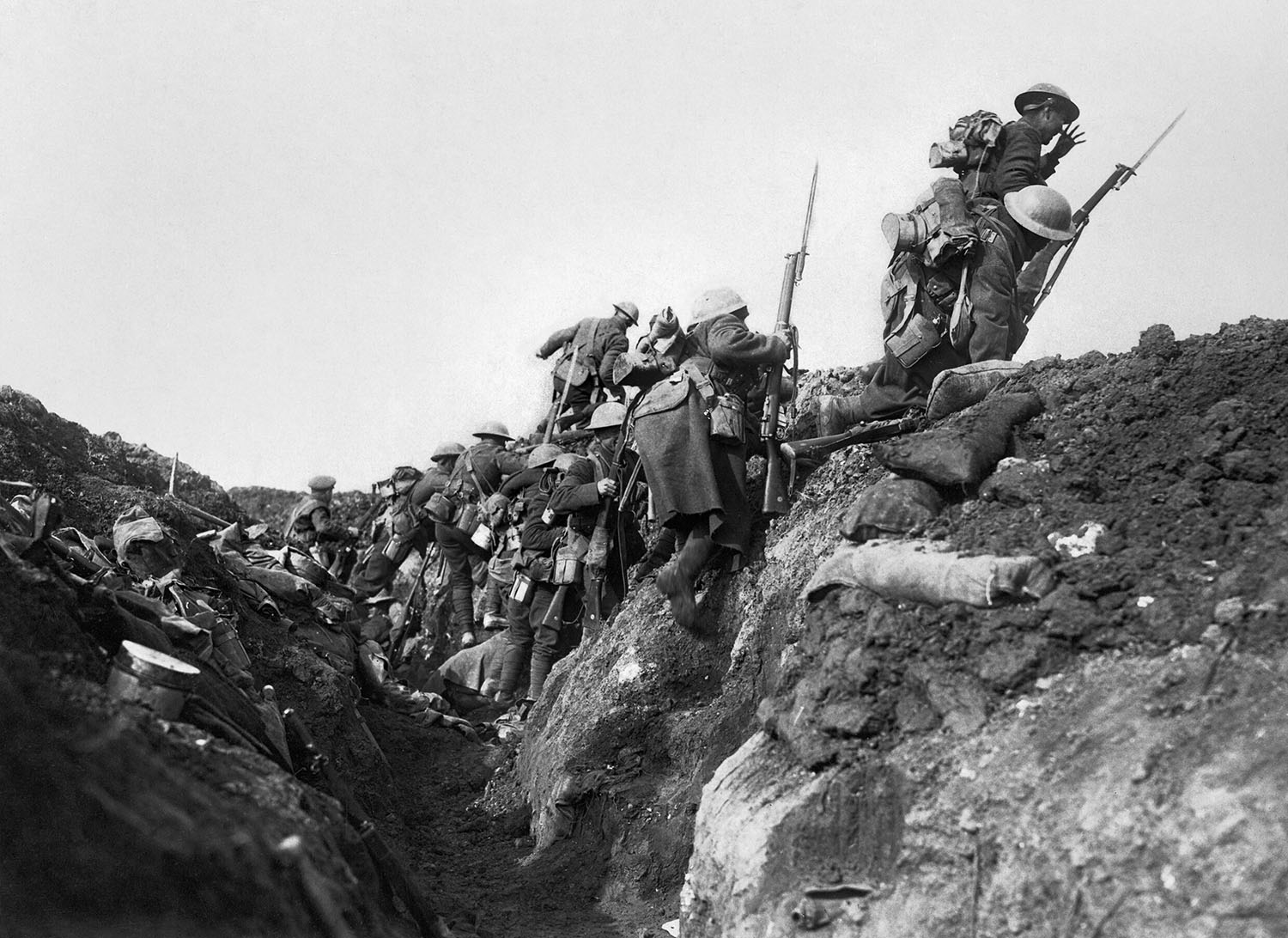
Remembrance
War has left an indelible mark both on the landscape, and on modern memory. The memorials present in every town and village, the war graves that marking sites of conflict, and the scars deeply ingrained in communities are its legacy. The work of the All Party War Graves and Battlefield Heritage Group, chaired by Lord Faulkner of Worcester, ensures that all aspects of remembrance, commemoration and interpretation are discussed within Parliament. Peter Doyle is secretary of this Group.
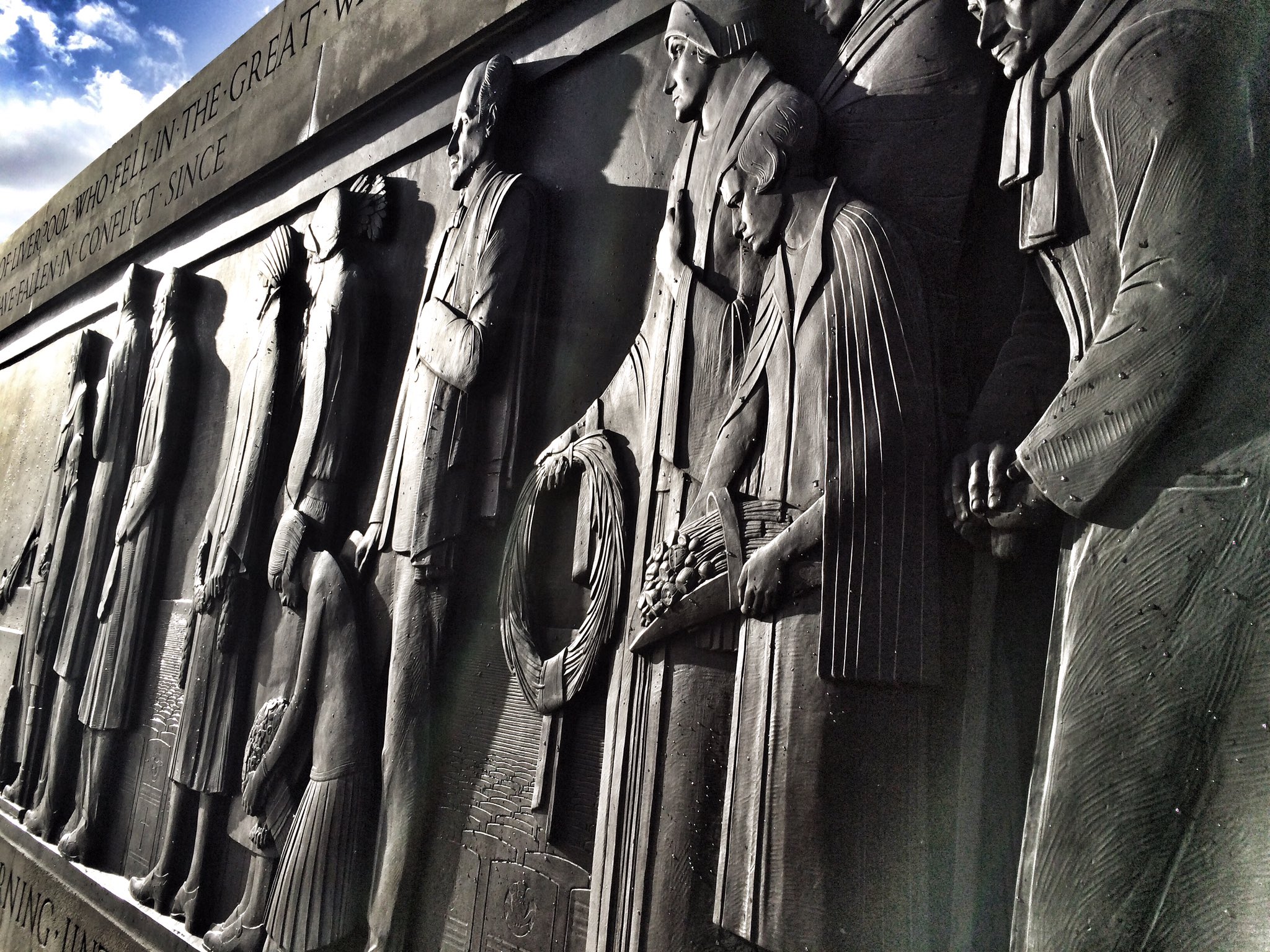
Woolwich project
Peter has worked on a variety of remembrance projects; his work on the War Dead of The Woolwich Polytechnic, in south east London, led to the rededication of a new memorial in 1998. Details of this, including the biographies of all the men listed, may be downloaded by clicking the links below.
Download links
Introduction and Appendices
Names A–C
Names D–N
Names O–Z
The Second World War
The Second World War was truly global, and its impacts still resonate today. Peter Doyle works on a number of projects examining the nature of the war, from the terrain of the battlefields to the archaeological remains from PoW escape tunnels to air raid shelters. As with all his work, he is also well known for his study of the average lives of the participants in the war, from front line to home front.
1939 – 1945
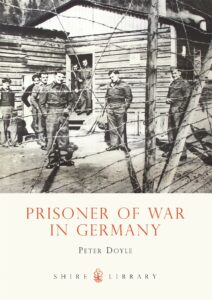 Peter Doyle has worked extensively with Richard Burt and others at Texas A & M University understanding the role that geology and terrain had to play in the storming of the Pointe du Hoc in Normandy on 6 June 1944.
Peter Doyle has worked extensively with Richard Burt and others at Texas A & M University understanding the role that geology and terrain had to play in the storming of the Pointe du Hoc in Normandy on 6 June 1944.
With the Battlefield Detectives team he has applied the same skills to understanding how terrain played an important role in impeding the progress of the German offensive during the ‘Battle of the Bulge’, and in defeating the British push along the narrow ‘Devil’s Highway’ to relieve the beleagured Paratroopers at Arnhem in September 1944.
Recent work with Jamie Pringle at Keele University has looked at underground structures from prisoner of war escape tunnels to air raid shelters.
He has also studied the life of the British soldier during the conflict, as well as life on the Home Front. He has written several books on the subject, including: ‘The British Soldier of the Second World War’ and ‘Prisoner of War in Germany’ (for Shire); The Home Front, British Wartime Memorabilia’ and ‘The British Soldier in Europe, 1939–45’ (both with Paul Evans, for Crowood); and ‘The Blitz’ and ‘ARP and Civil Defence Services in the Second World War’ (both for Shire).
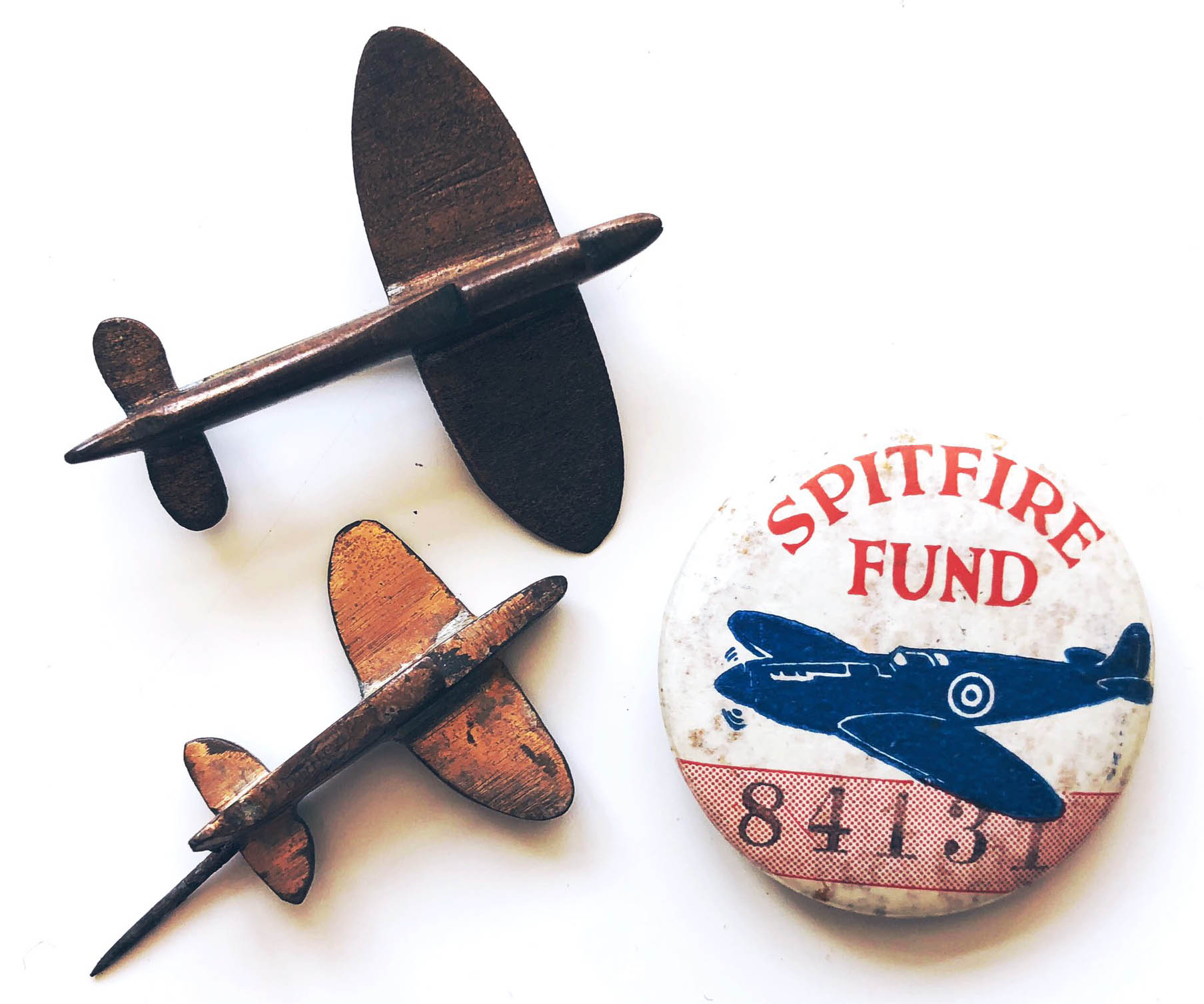
The Great Escape
Archaeological excavations at Stalag Luft III (Sagan – now Zagan, Poland) in association with Windfall Films in 2003 revealed the existence of the remains of the third tunnel – Dick – at a depth of ten metres in the famous yellow sands of the site.
Many artefacts were found during the dig, led by Peter Doyle (with Larry Babits and Jamie Pringle), including the entrance slab, a forger’s stamp, the remains of a possible escape kit, and other interesting historic objects. These were displayed as part of the ‘Great Escapes’ exhibit in London’s Imperial War Museum (to which Peter Doyle acted as an advisor), and are now back in Poland.
Research continues into the archaeology and material culture of the site, and has been extended to other famous POW camps, including Colditz (Oflag IVC) and Lamsdorf (Stalag VIIIB). Peter Doyle has lectured on diverse topics from the reuse of tins from Red Cross Parcels to the geology of POW escape tunnels.
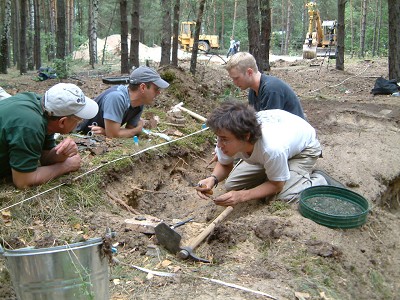
Material culture of warfare
Military memorabilia are silent witnesses to conflict. Objects read correctly can provide important details of the background to military history, and can act as interpreters from the past, in some ways enhancing the basic understanding of what it must have to serve and suffer in times of war.
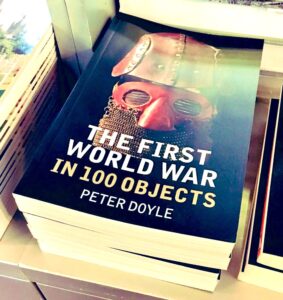 Material culture and objects
Material culture and objects
Three volumes by Peter Doyle, published by the Crowood Press – ‘Tommy’s War, 1914–1918’, ‘The Home Front 1939–1945’ and ‘The British Soldier in Europe, 1939–1945’ explore the material culture of two world wars.
A further eleven books for Shire Publications deal with all aspects of the British military experience in the two world wars and beyond, including two books on British military insignia (British army Cap Badges of the First World War & British Army Cap Badges of the Second World War, both for Shire, co-authored with Chris Foster).
His book, ‘First World War in 100 Objects’ was the flagship for the History Press and its commemoration of the Great War Centenary, and is published in March 2014.
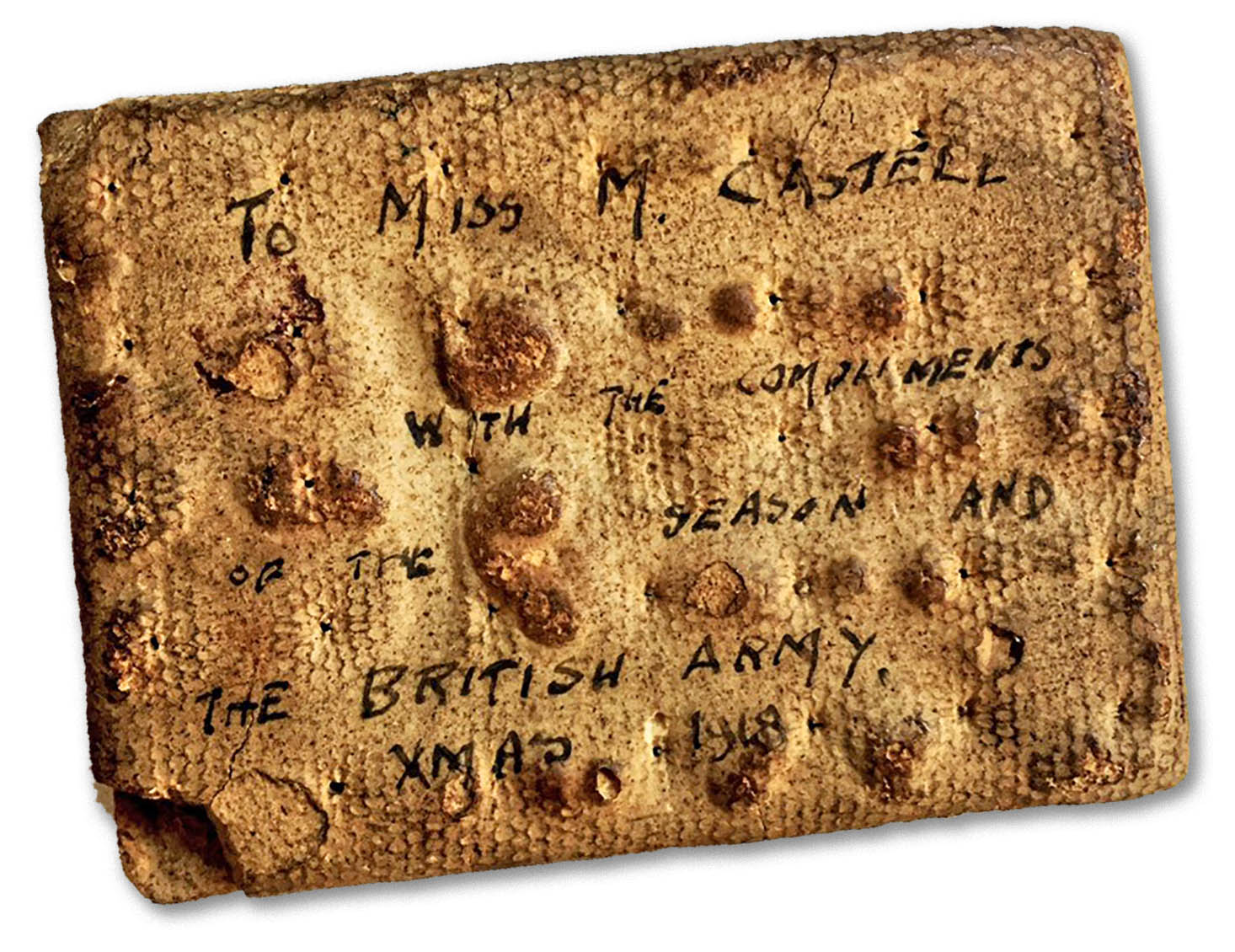
Books & publications
Peter’s books are varied. Notable are his books on the life of the British Soldier in two world wars, as well as his work on the Tunneller’s War and the campaign in Gallipoli. He has also published numerous scientific papers on military geology, terrain evaluation in warfare and battlefield archaeology. Some examples of published papers are available for download in the academia section.
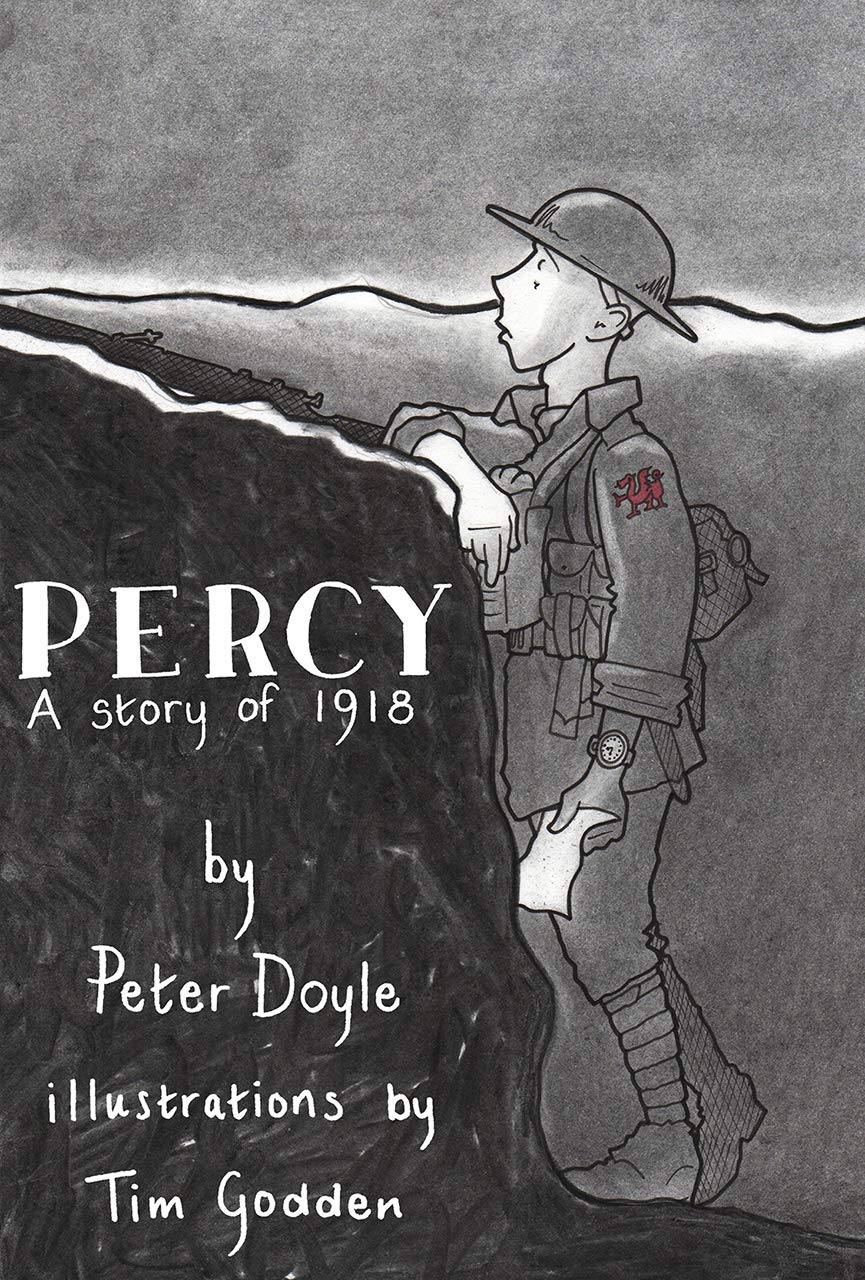
Percy A Story of 1918
by Peter Doyle and Tim Godden (2018)
Unicorn Publishing | Amazon

Fritz & Tommy
by Peter Doyle (Author), Robin Schäfer (Author), Al Murray (Foreword)
The History Press | Amazon
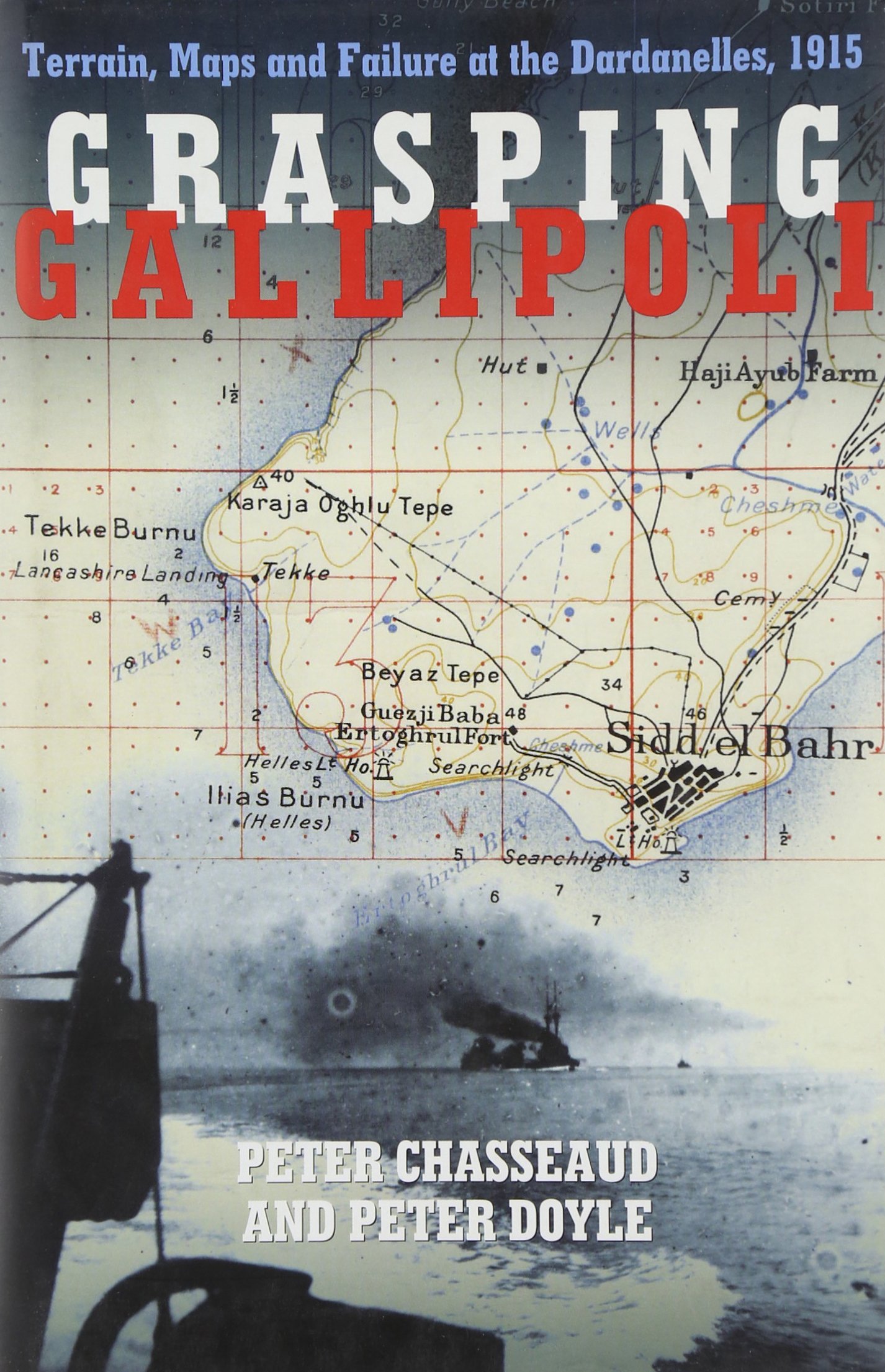
Grasping Gallipoli
More books...
For a full list of Peter Doyle’s books, visit his Amazon page here.
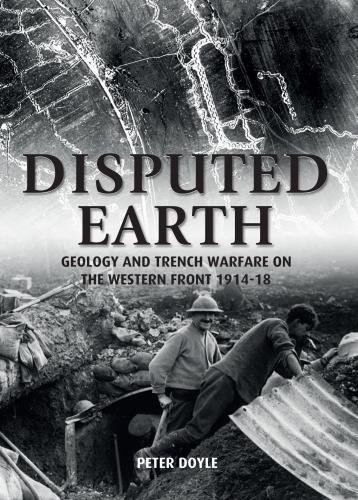
Disputed Earth
Disputed Earth: Geology and Trench Warfare on the Western Front 1914-18
(2017)
Amazon

The First World War in 100 Objects
The First World War in 100 Objects (2014)
by Peter Doyle
The History Press Ltd | Amazon
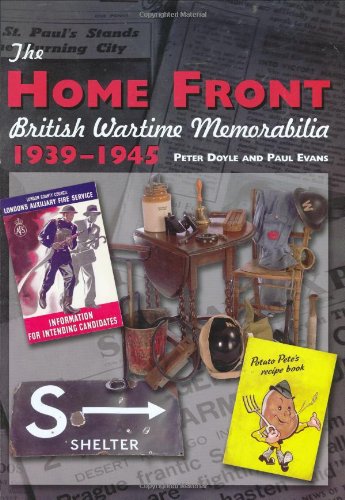
The Home Front, 1939–1945
‘The Home Front, 1939–1945’
(Crowood)
Crowood Press | Amazon
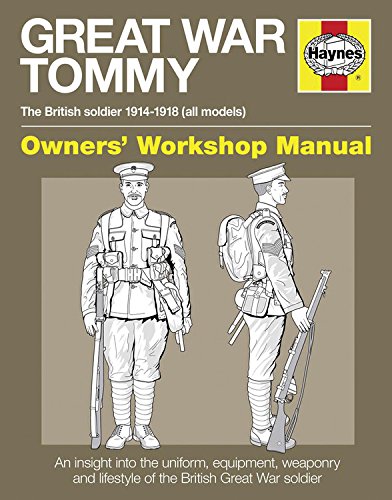
Great War British Tommy Manual
Great War British Tommy Manual: The British Soldier 1914-18 (All Models)
Haynes Owners’ Workshop Manuals (2013)
Amazon
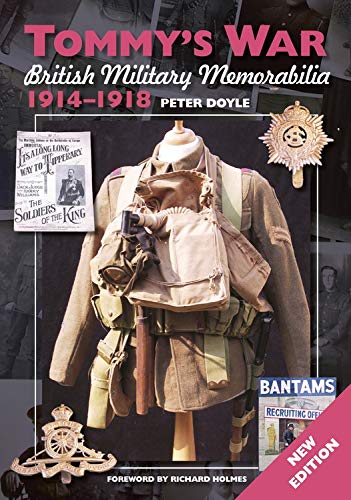
Tommy's War
‘Tommy’s War, 1914–1918’
(Crowood)
Crowood Press | Amazon
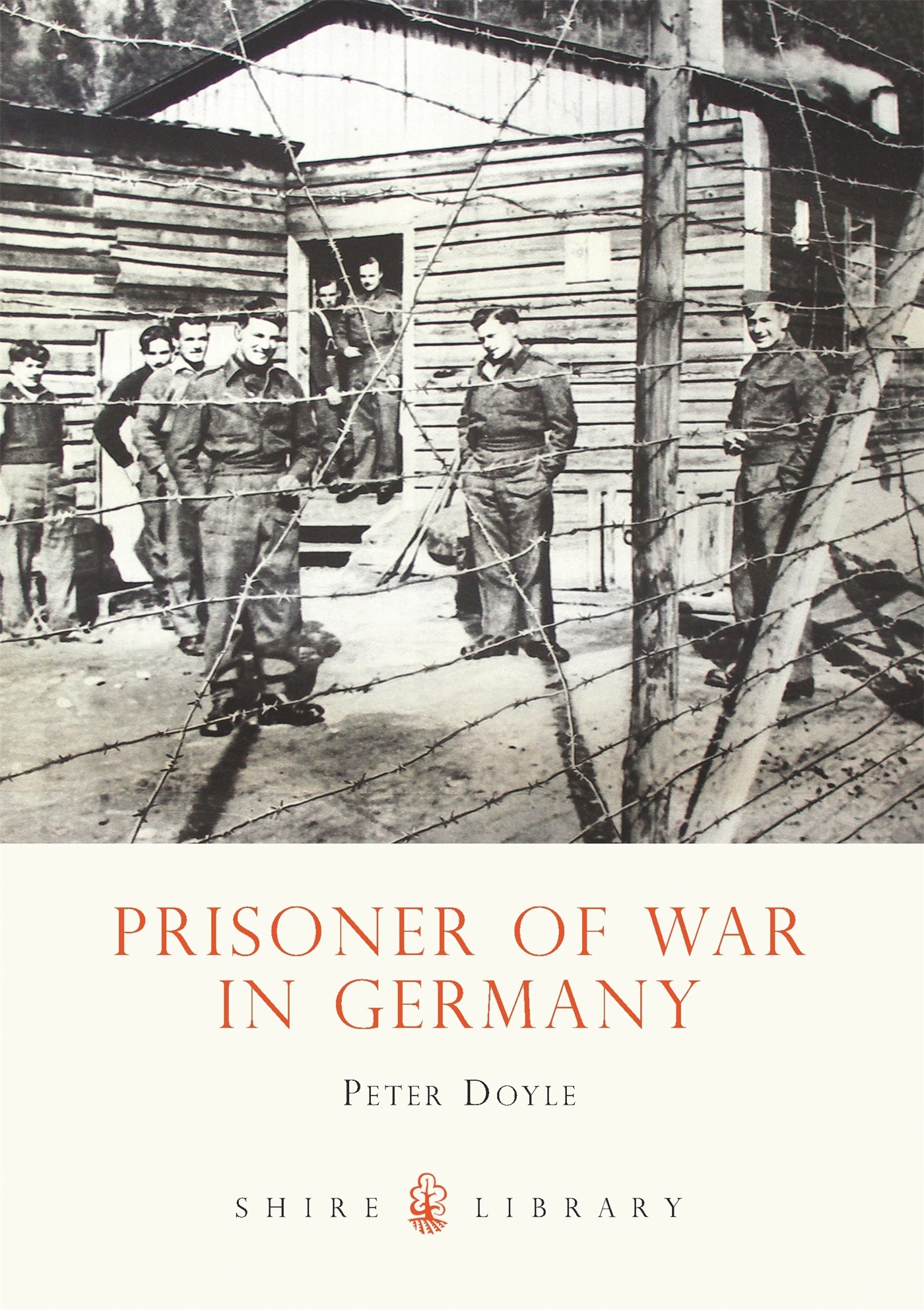
Prisoner of War in Germany, 1939–1945
‘Prisoner of War in Germany, 1939–1945’
(Shire)
Shire Books | Amazon
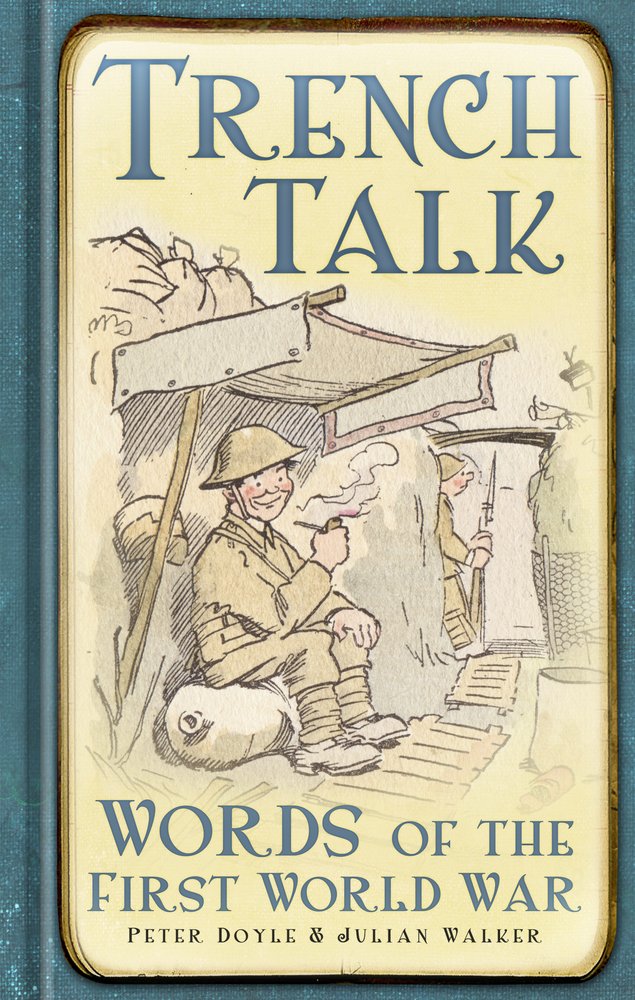
Trench Talk
Trench Talk:
Words of the First World War Hardcover (2012)
by Peter Doyle (Author), Julian Walker (Author)
The History Press Ltd | Amazon
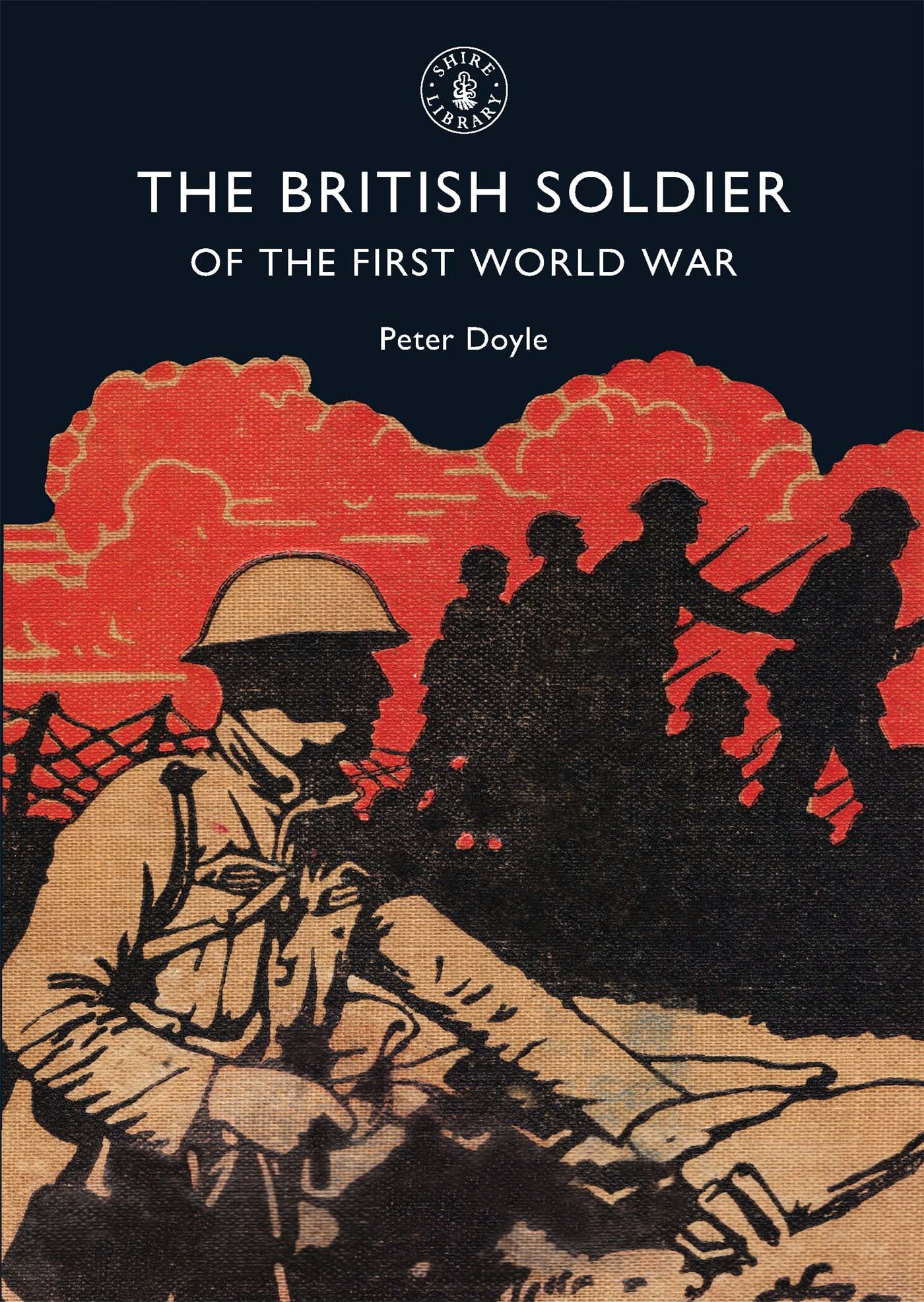
The British Soldier of the First World War
The British Soldier of the First World War
(Shire)
Shire Books | Amazon
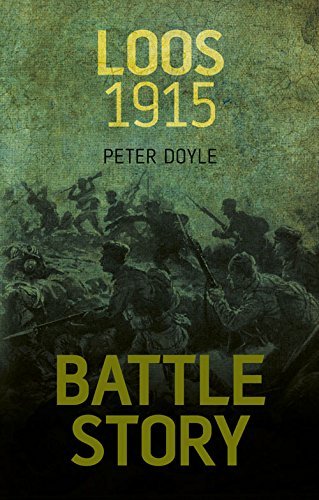
Battle Story: Gallipoli 1915
Battle Story: Gallipoli 1915
(2011)
by Peter Doyle
Amazon
Television
He has worked on a range of documentaries from across his expertise, from battlefield terrain to trench warfare.
Disaster at Gallipoli (based on Peter Doyle’s terrain work)
World War II: Operation Market Garden
Native American Wars: The Apache
World War I: The Somme
Battle of the Bulge
American Revolutionary War: Oriskany
Pointe du Hoc
For a full list of the programmes Click here
